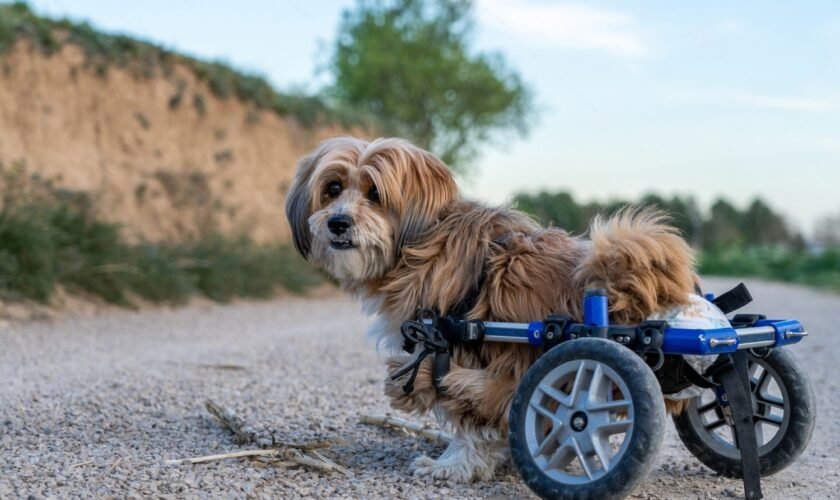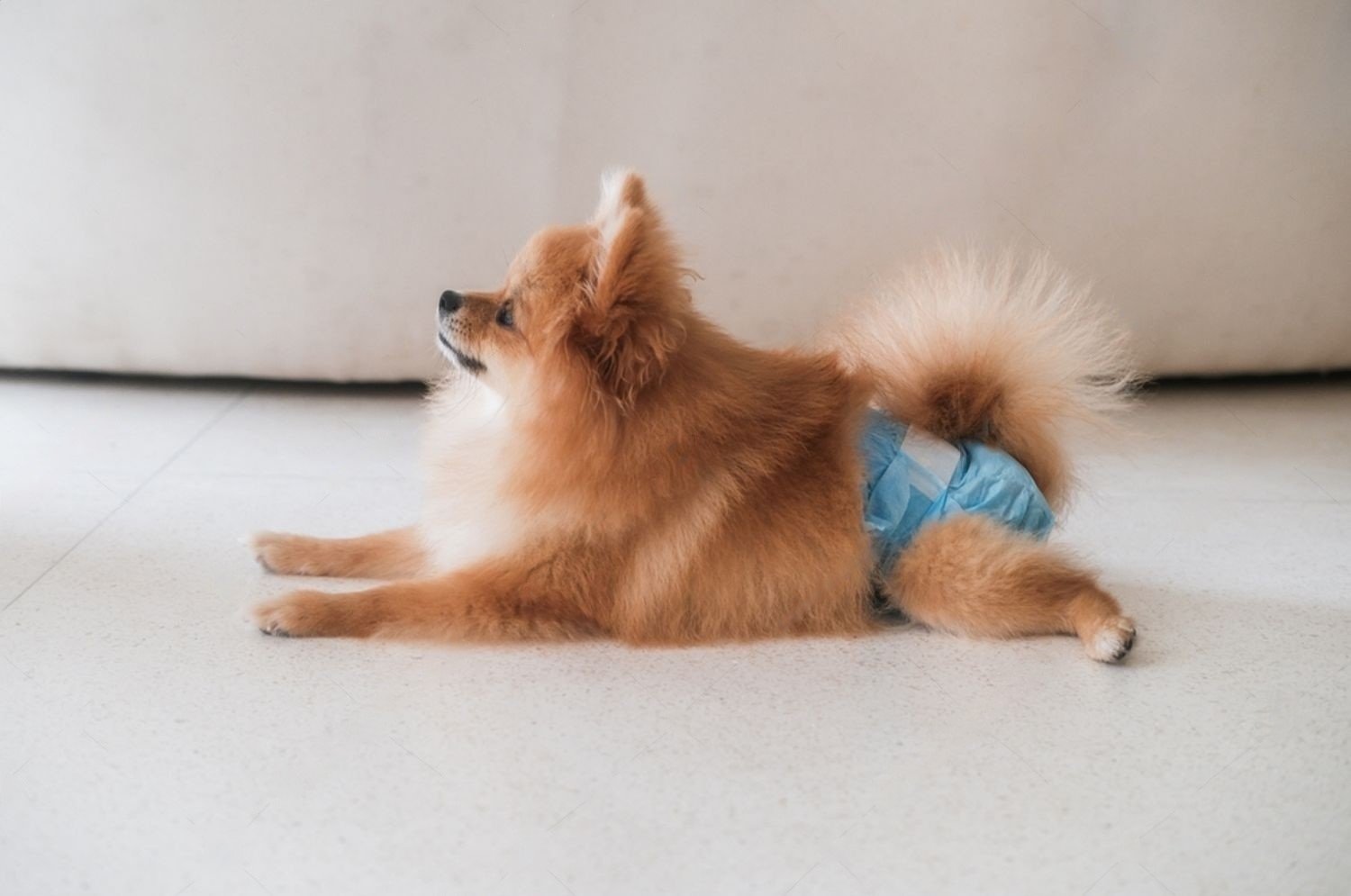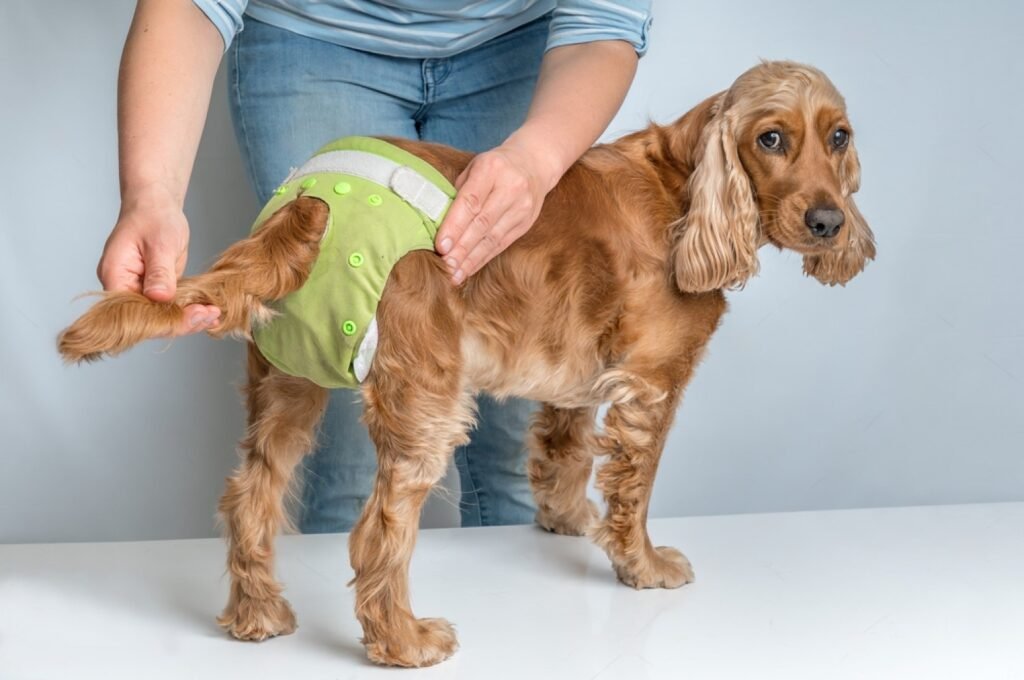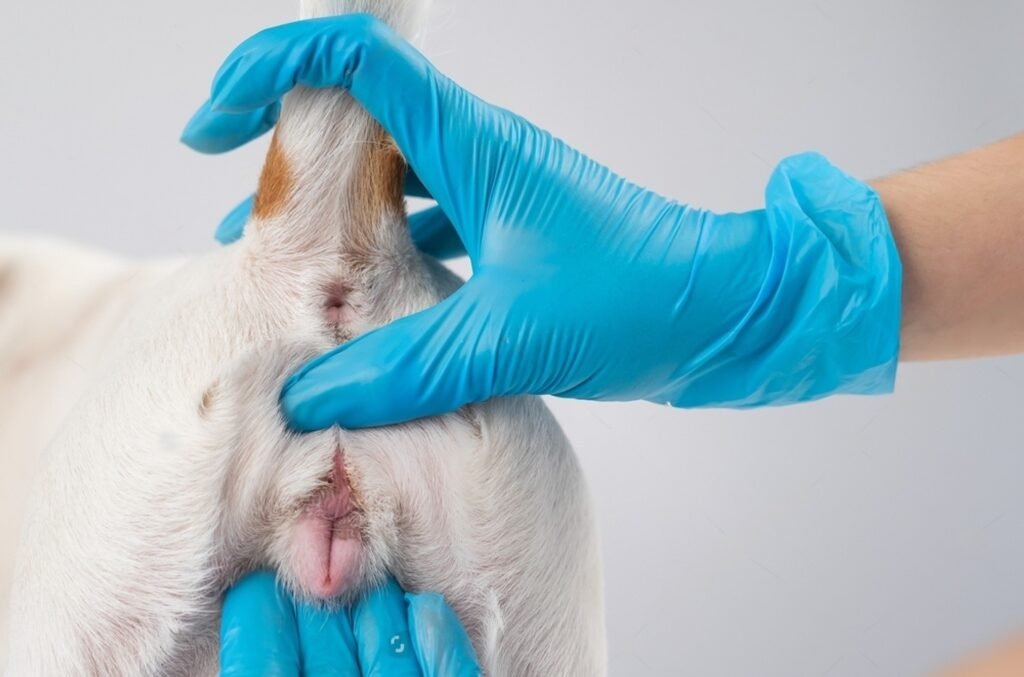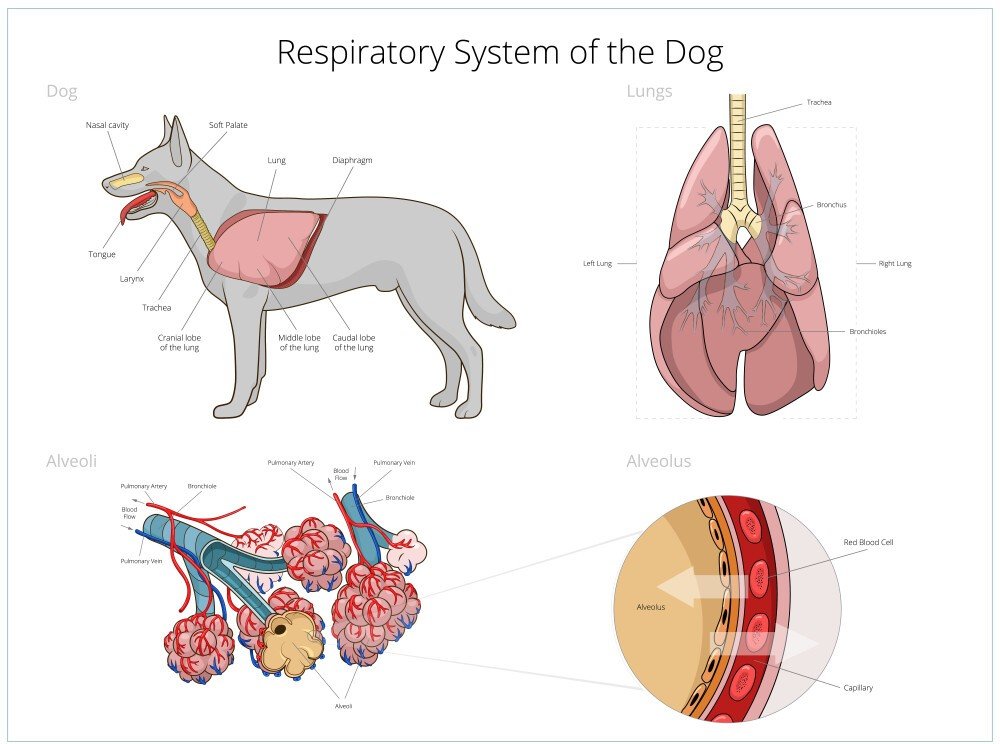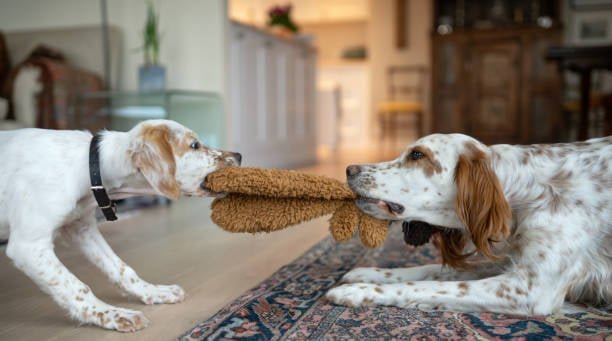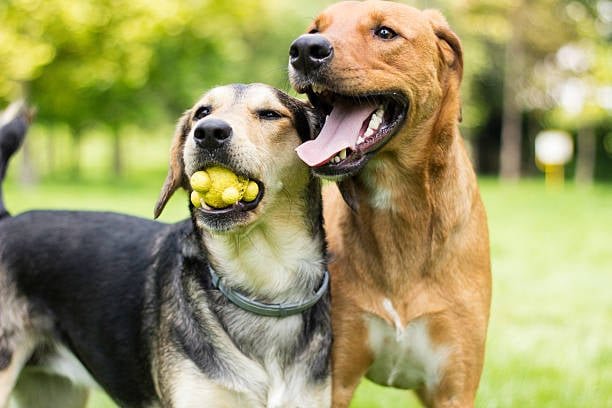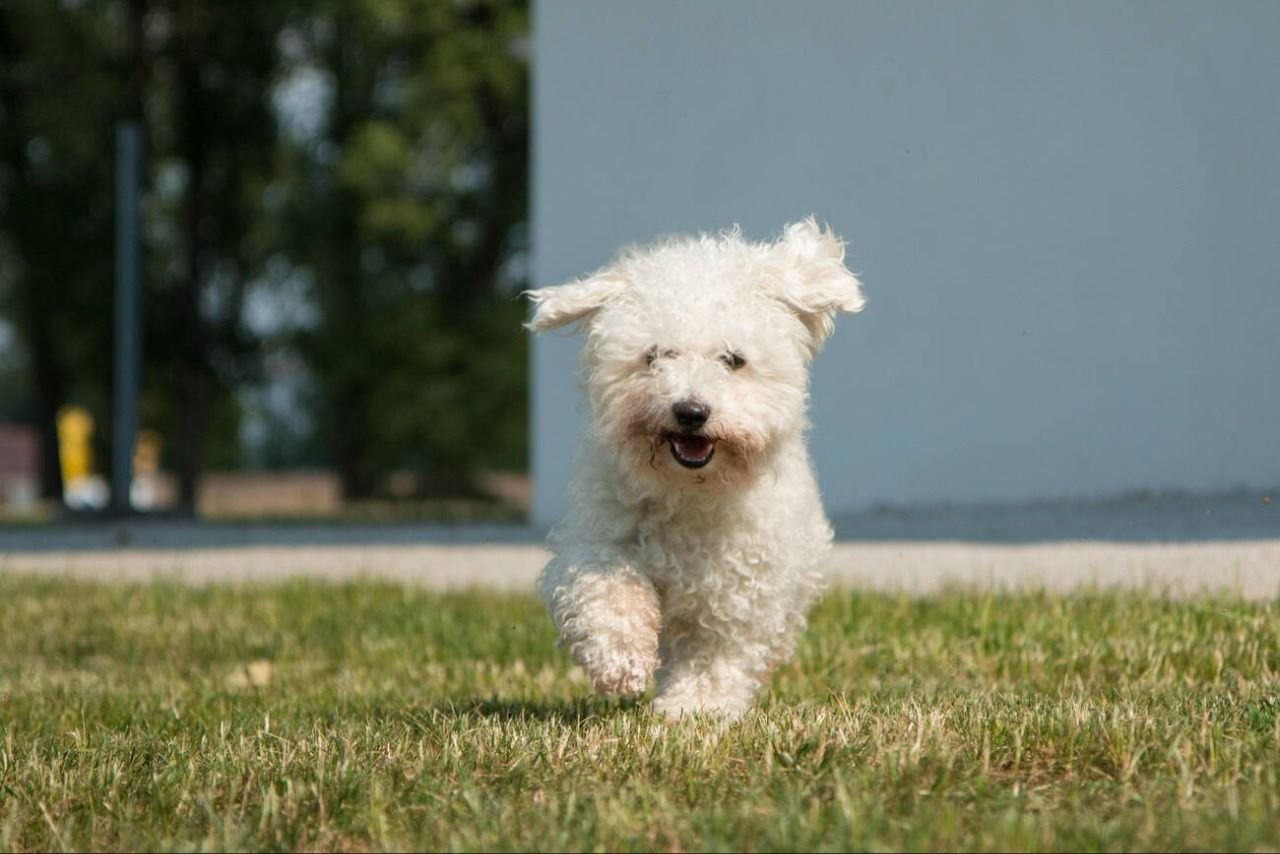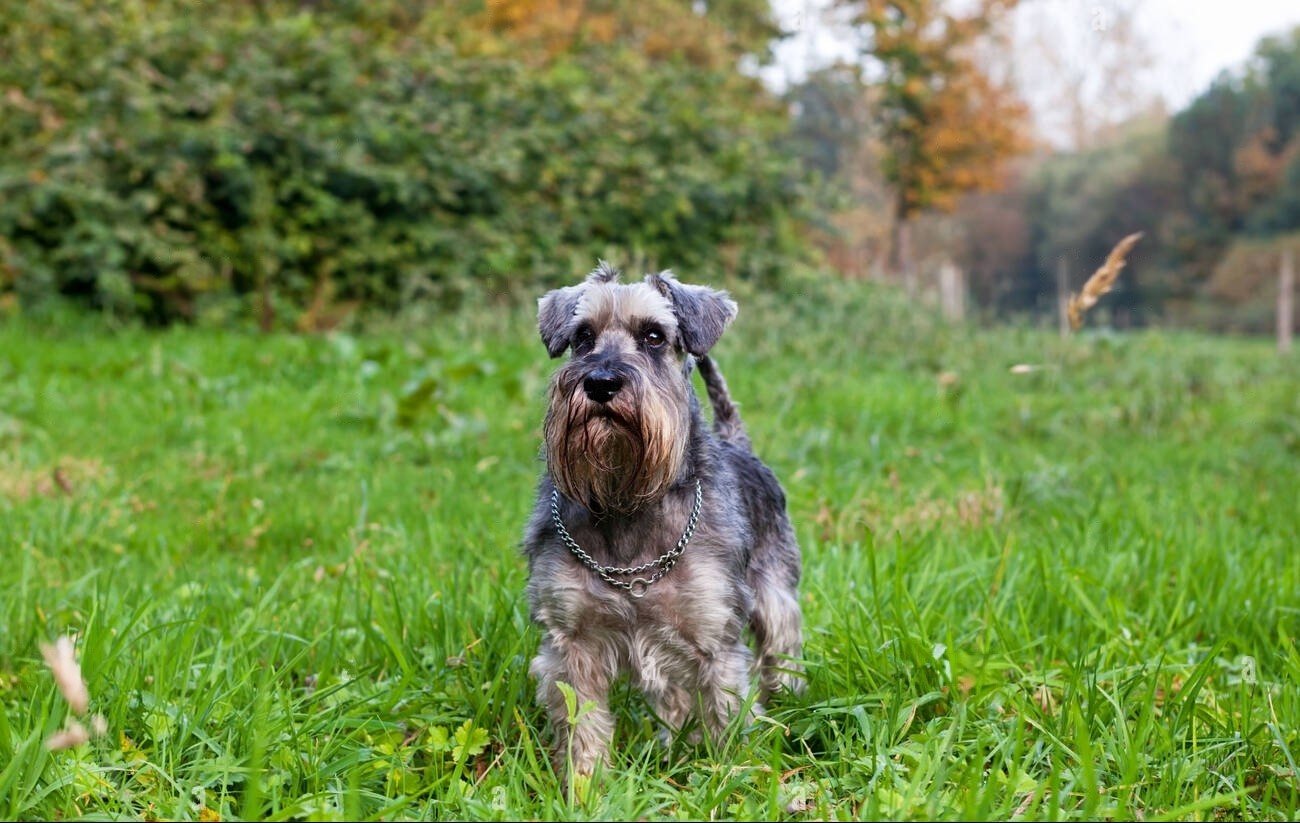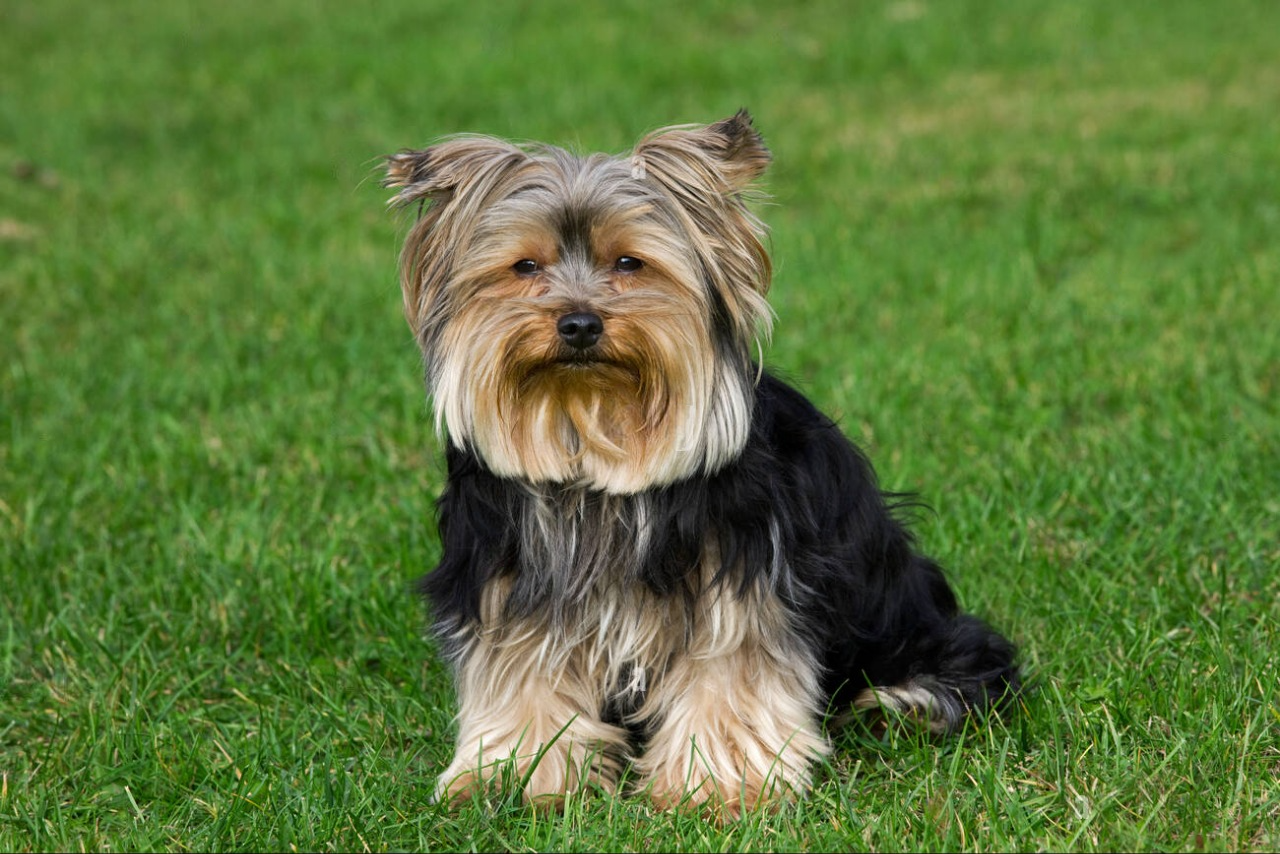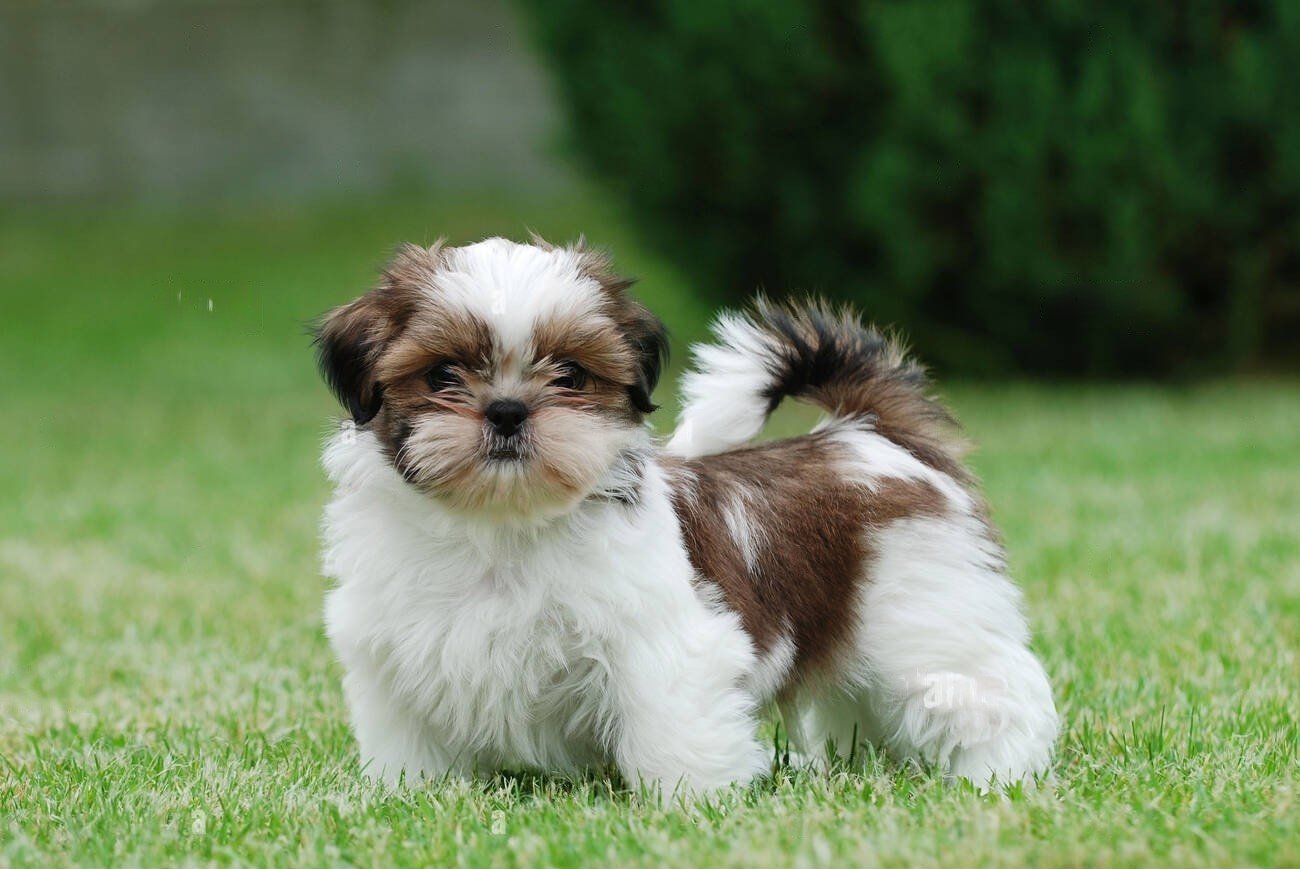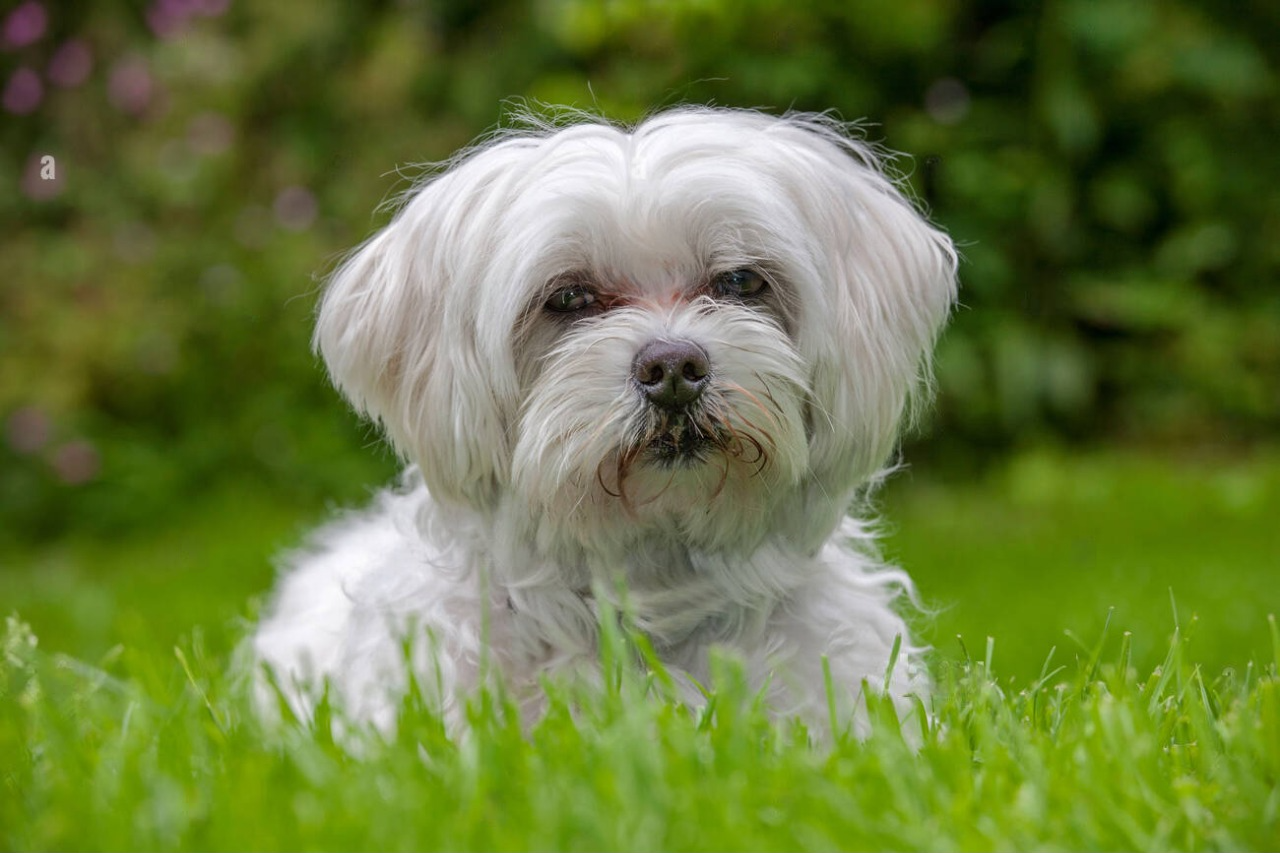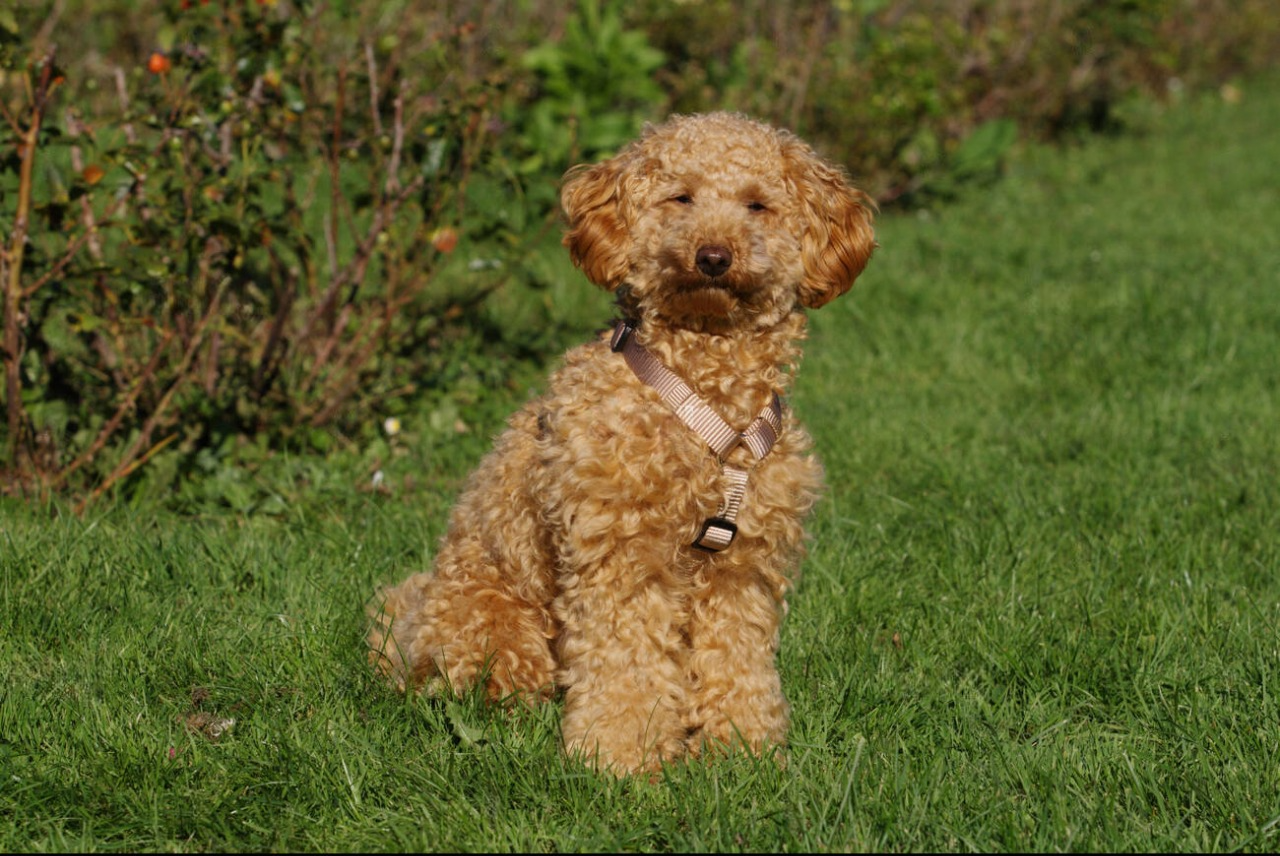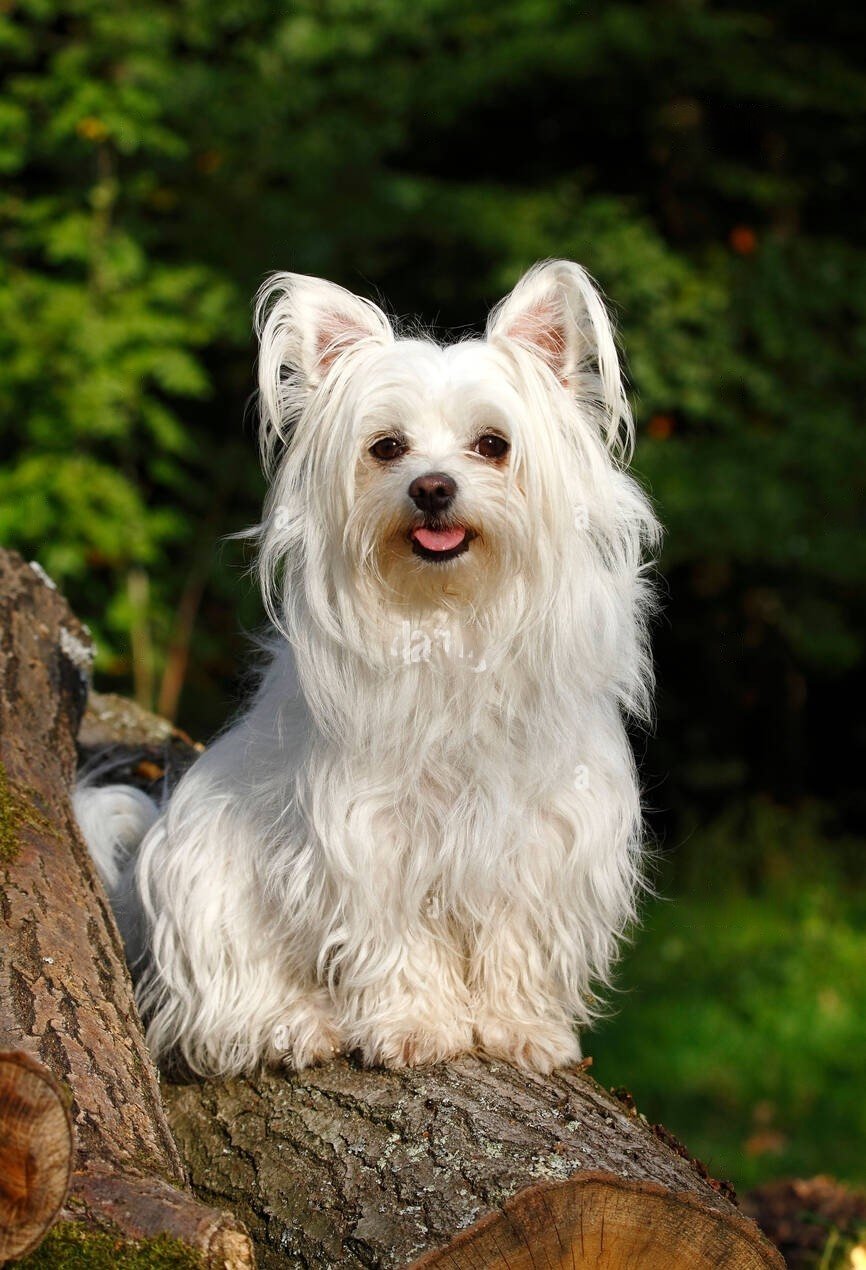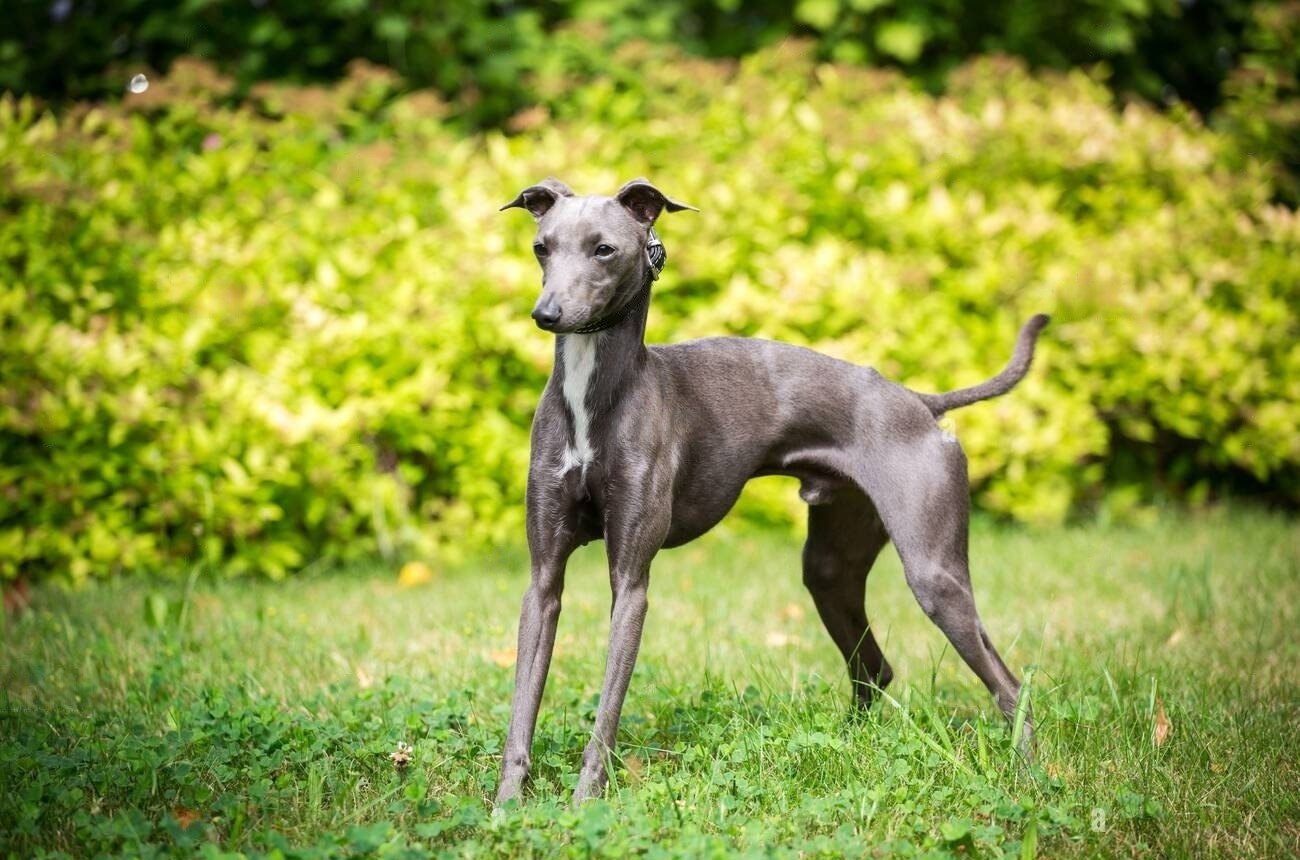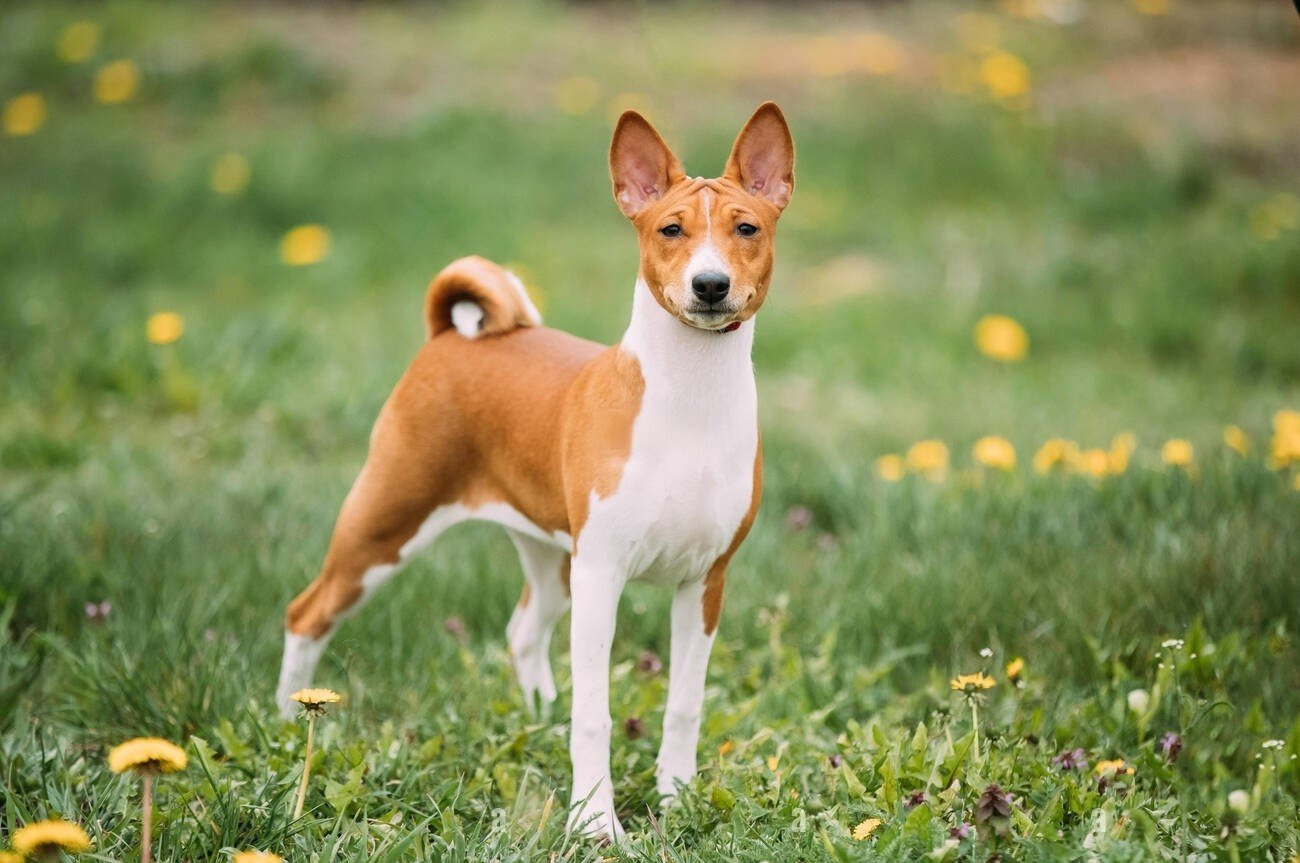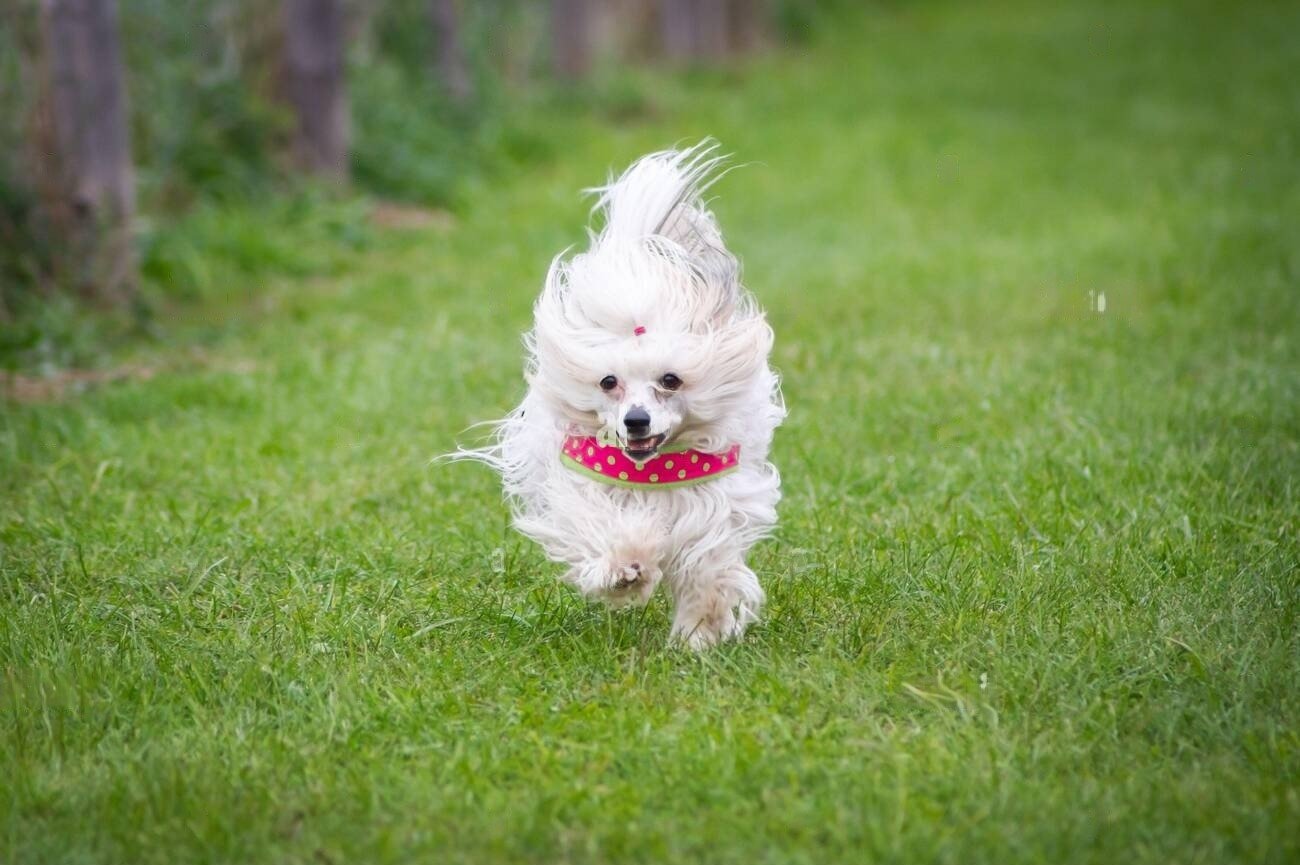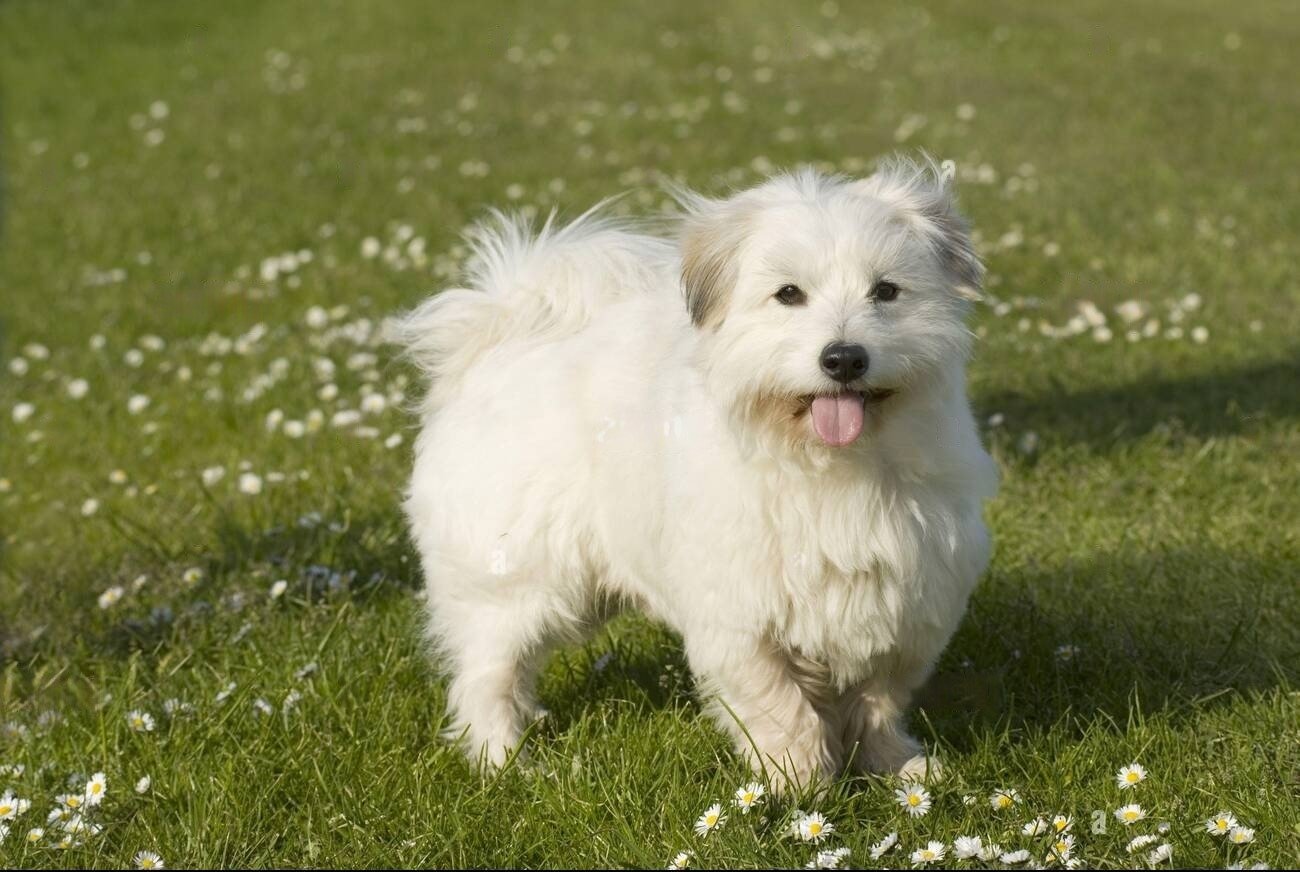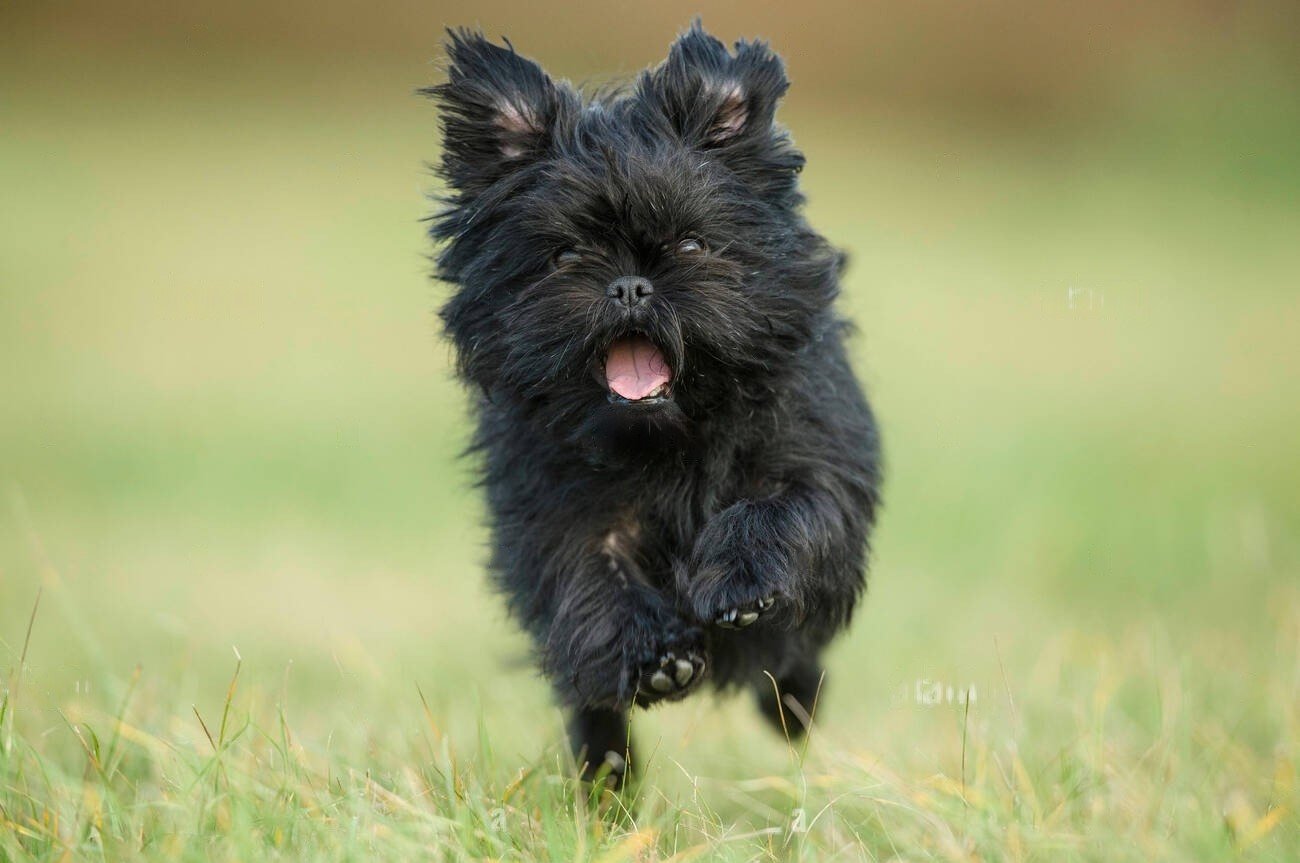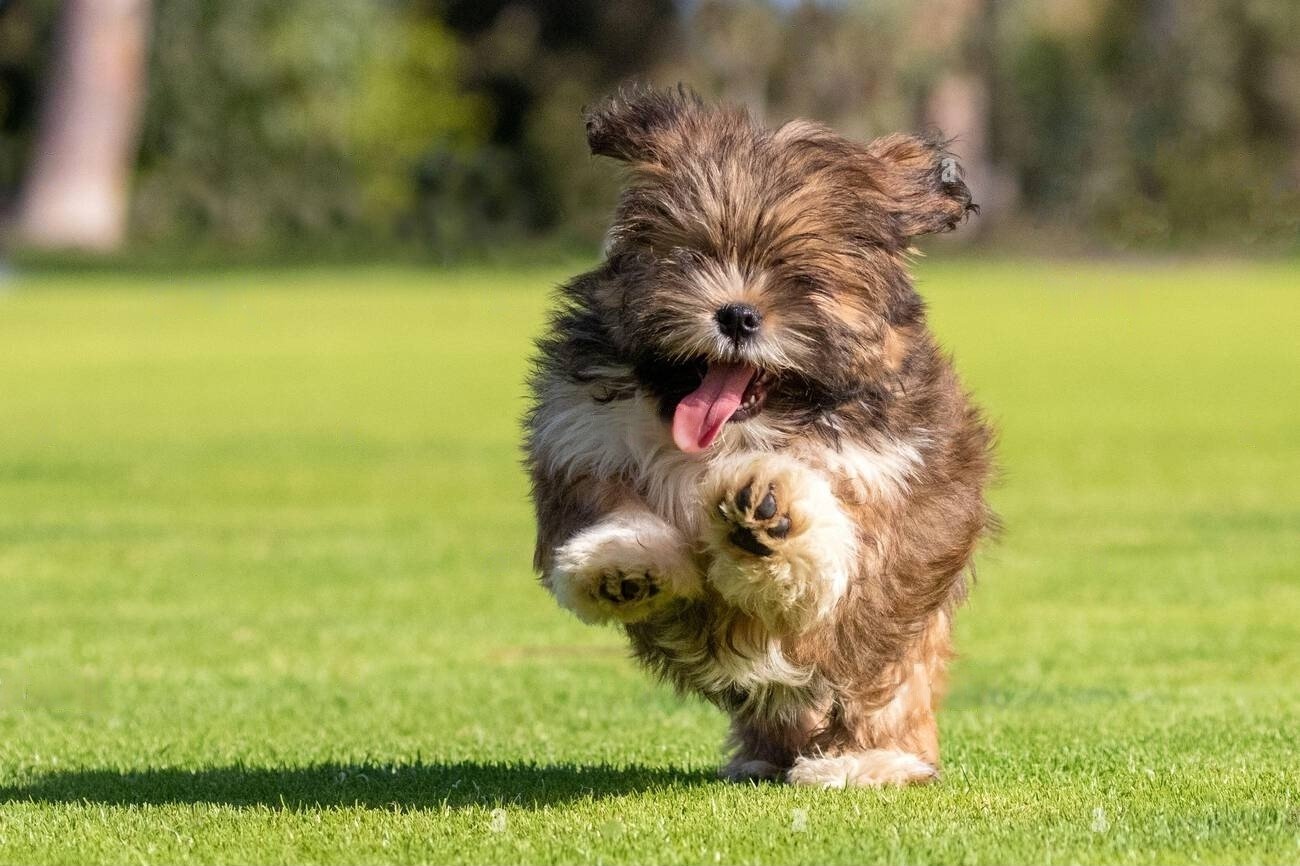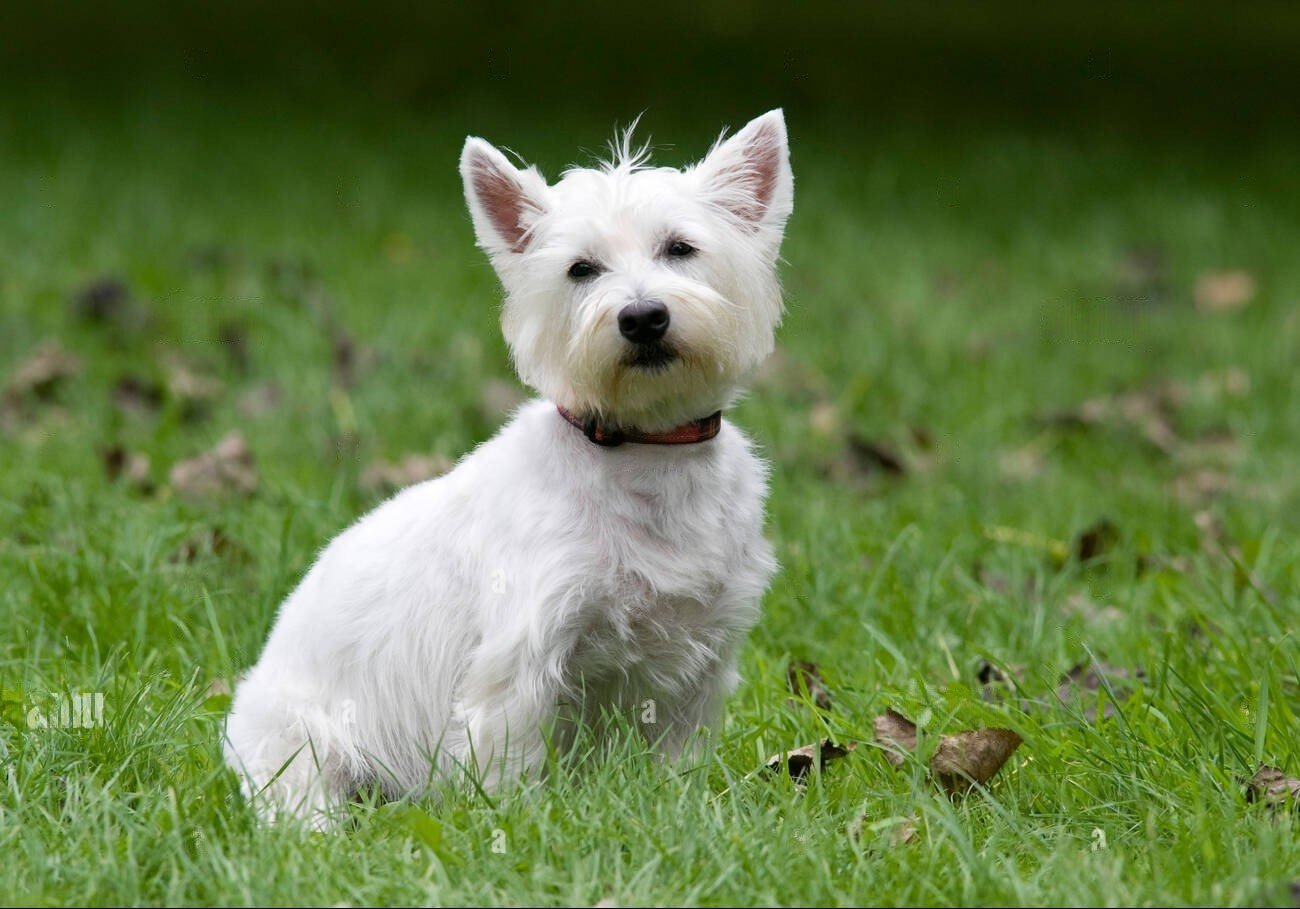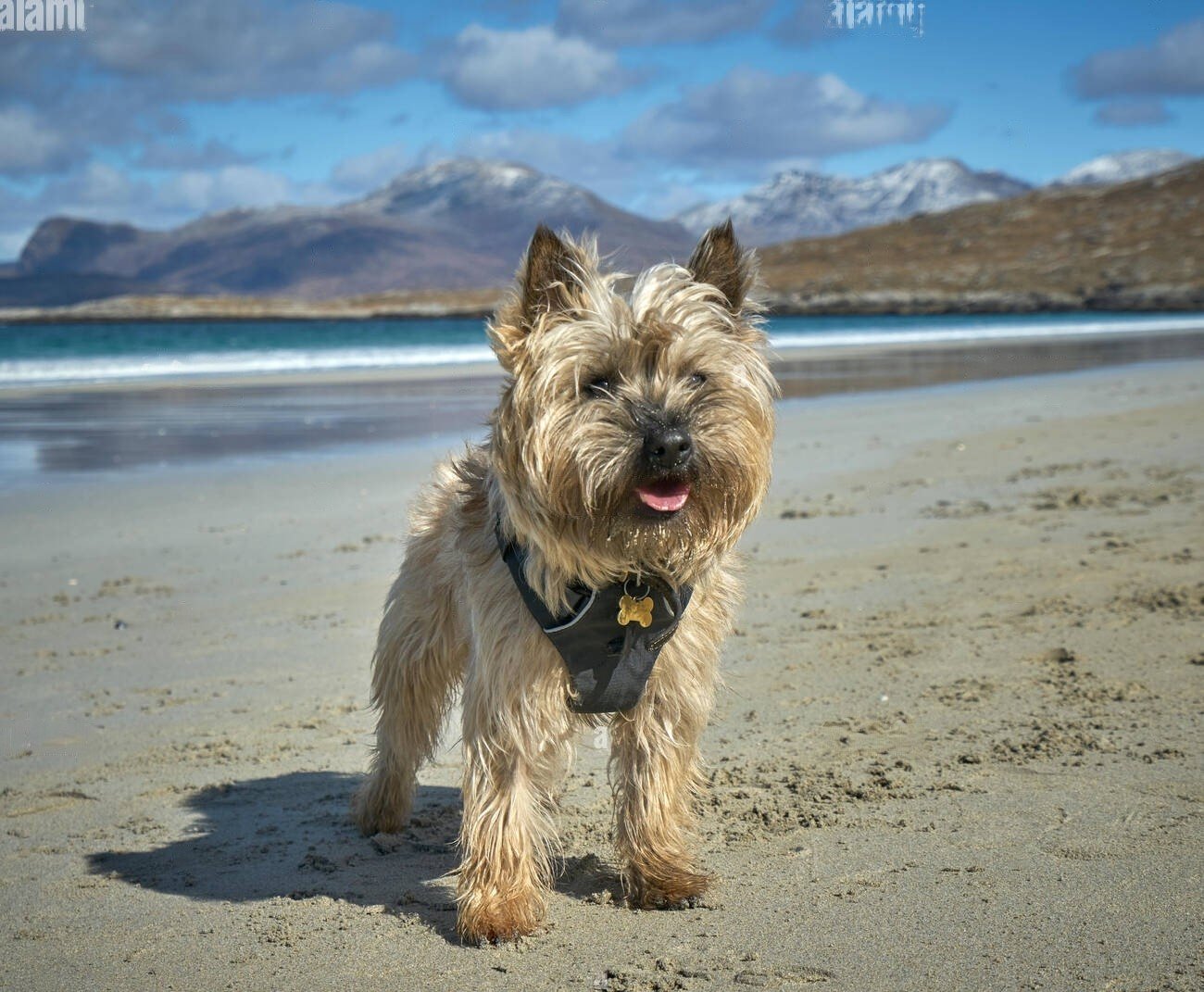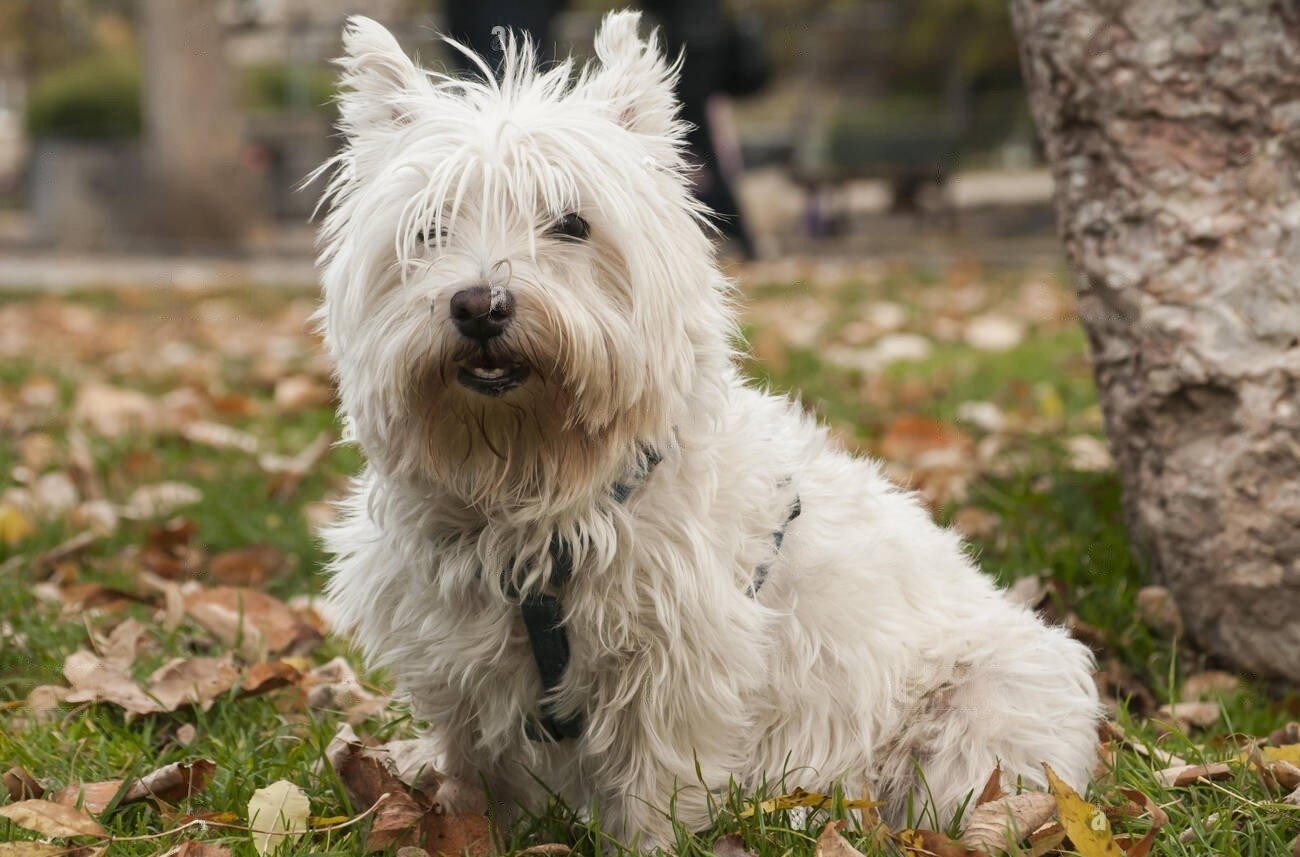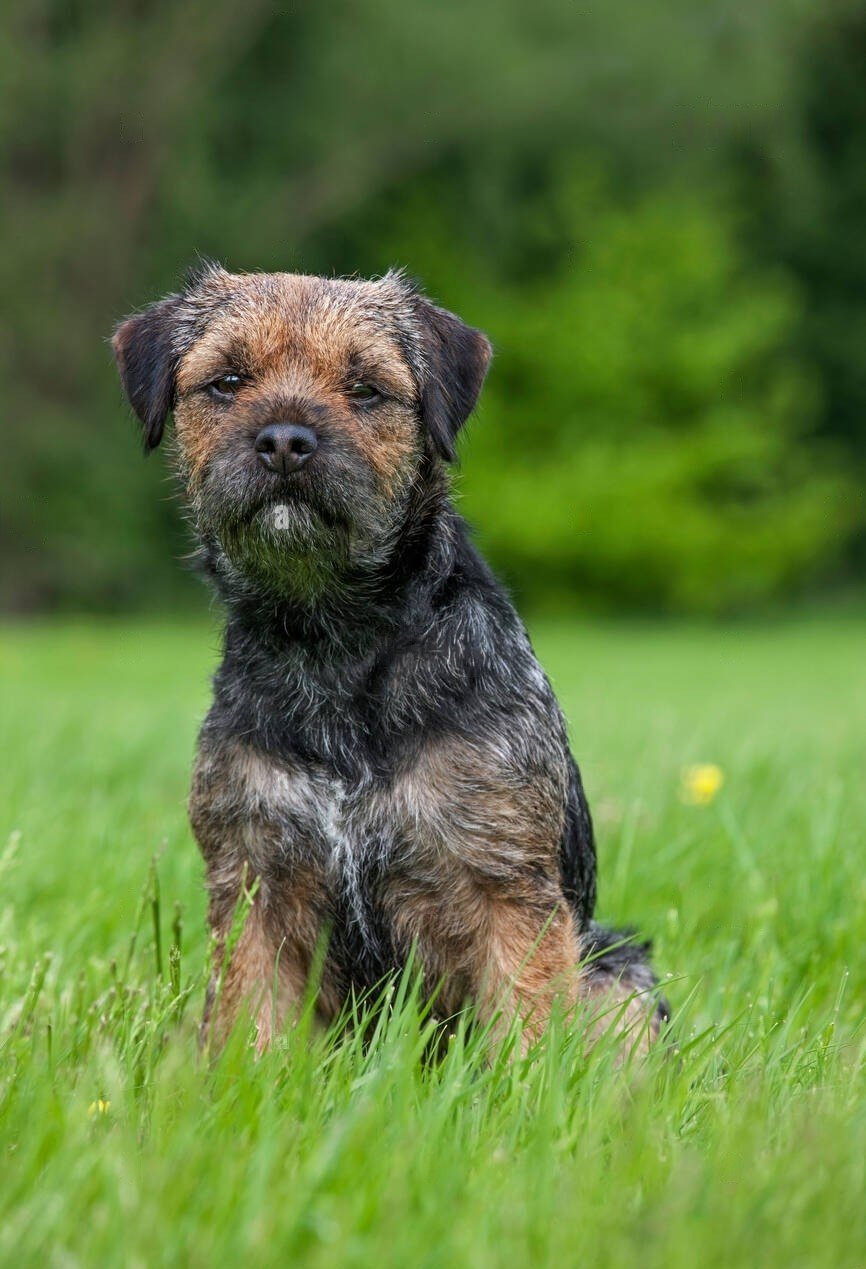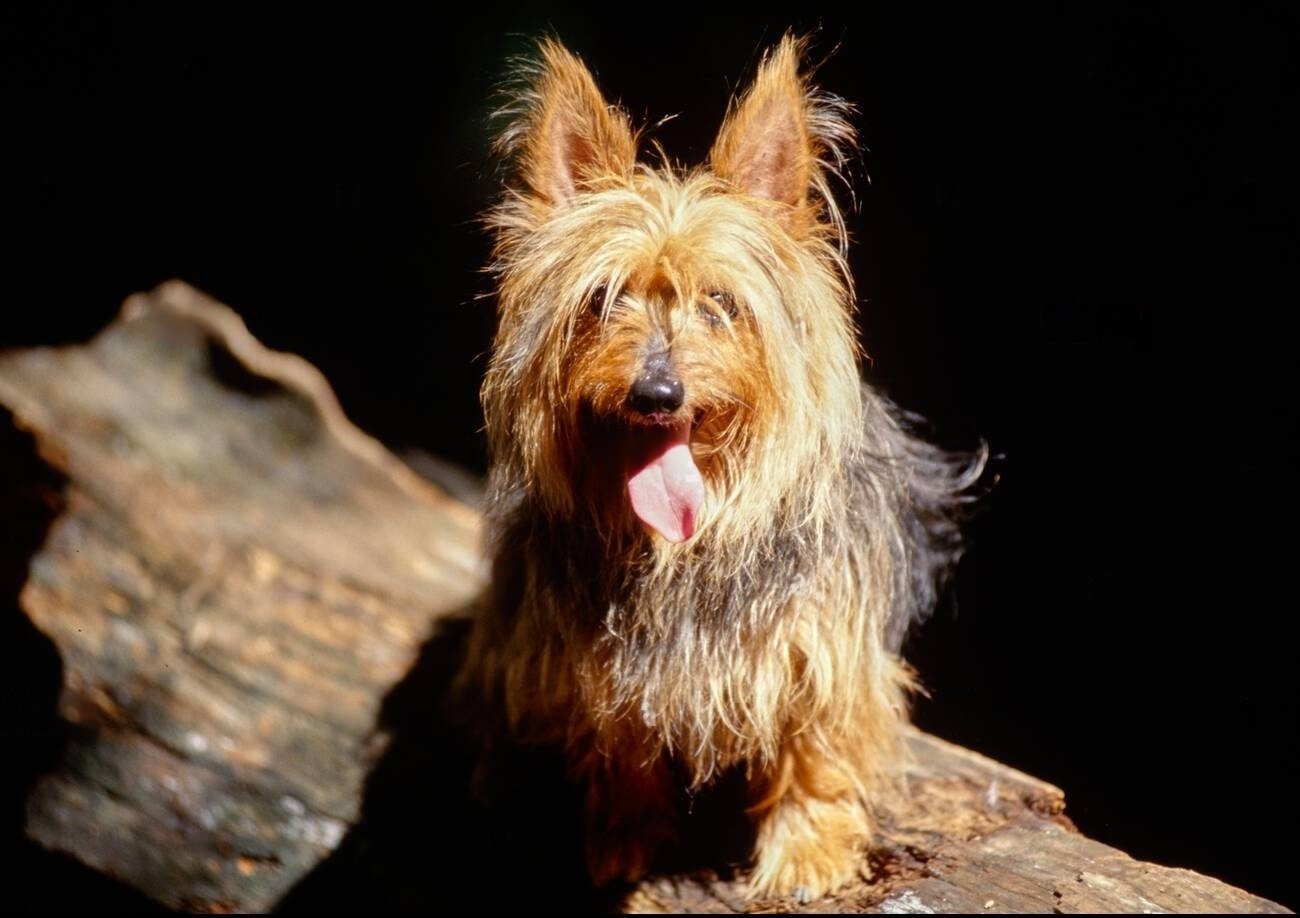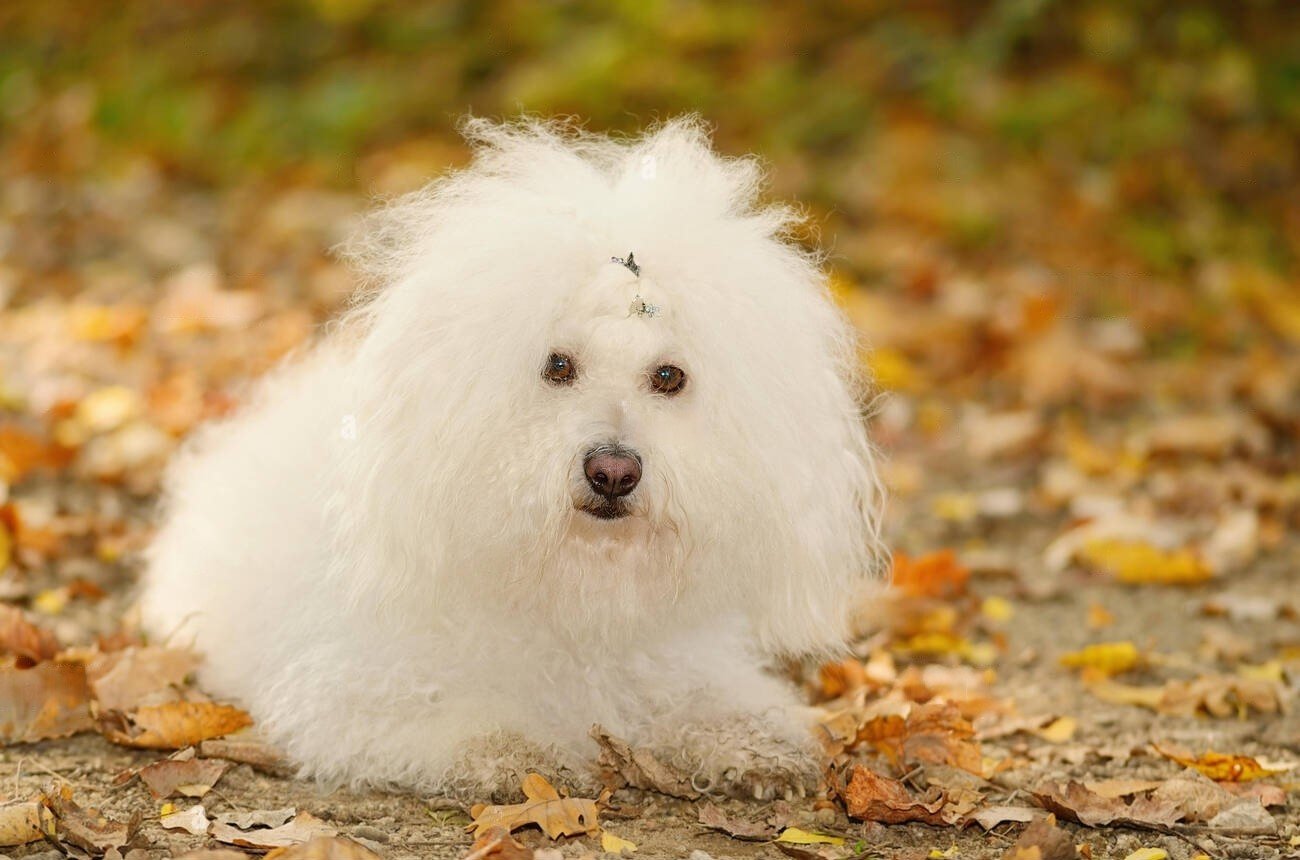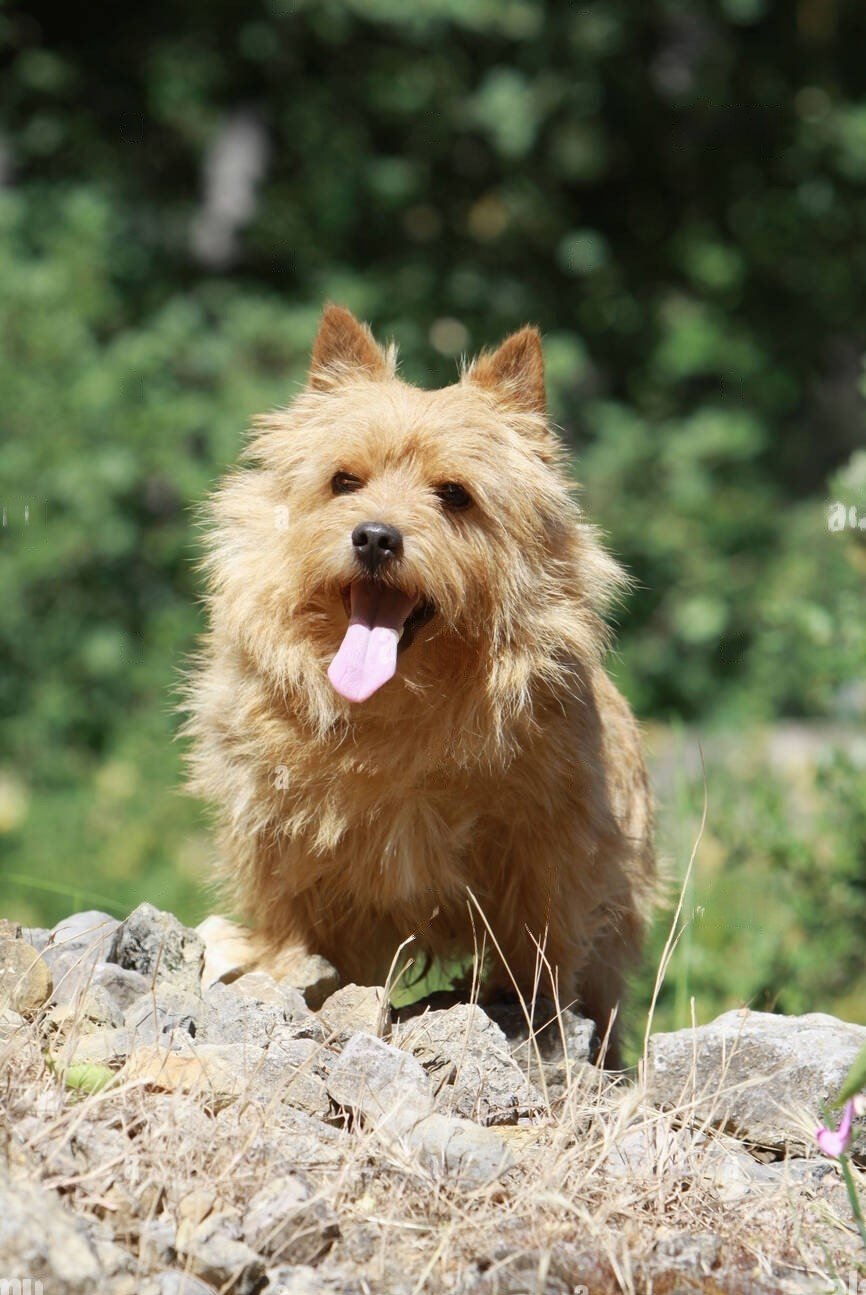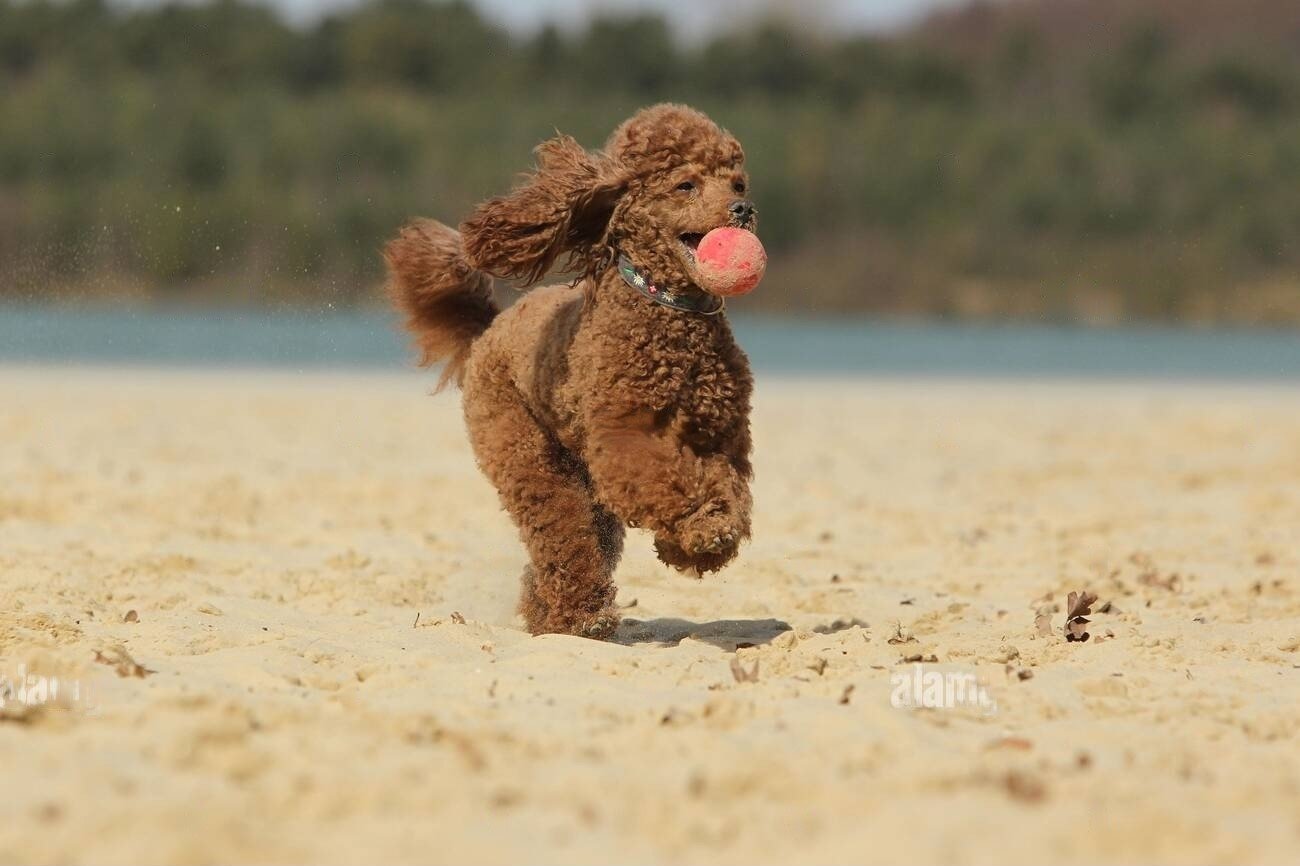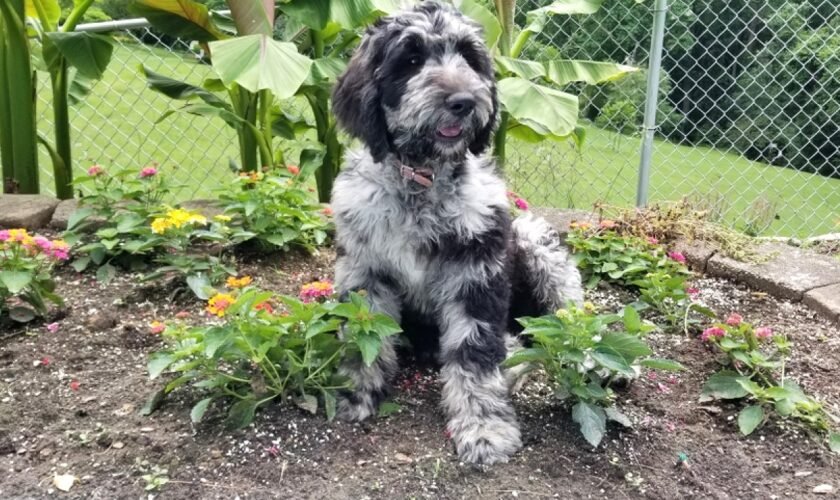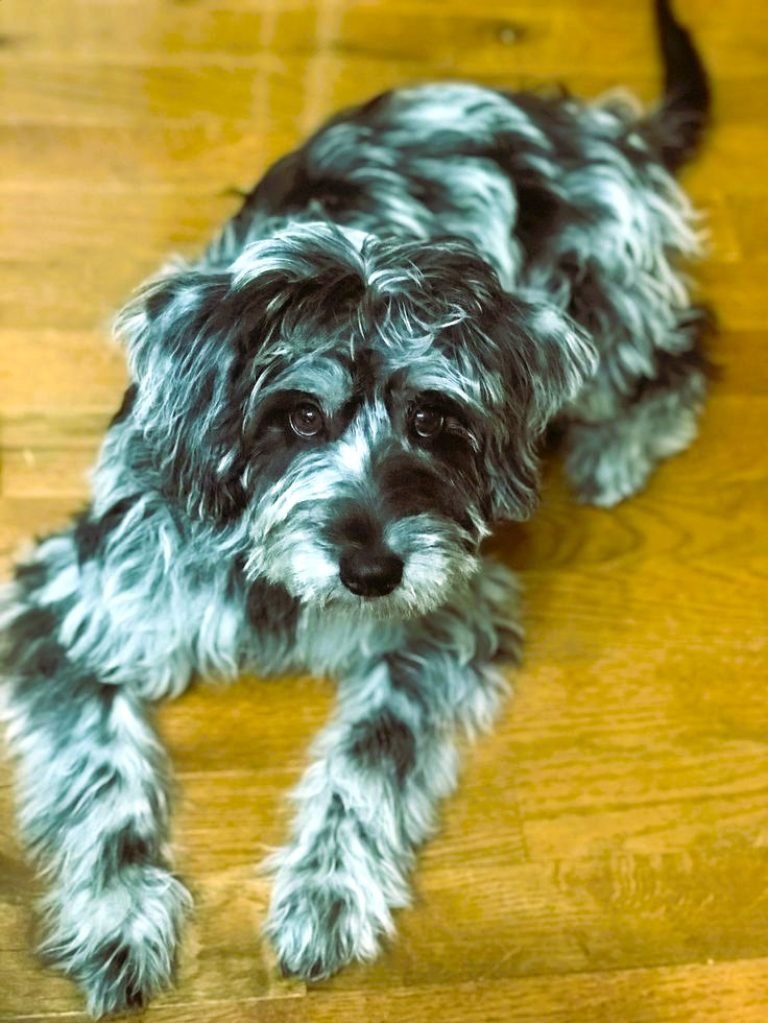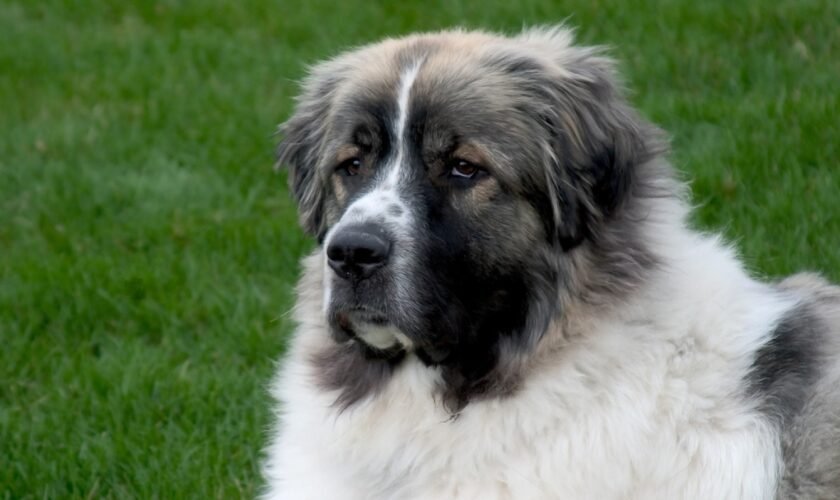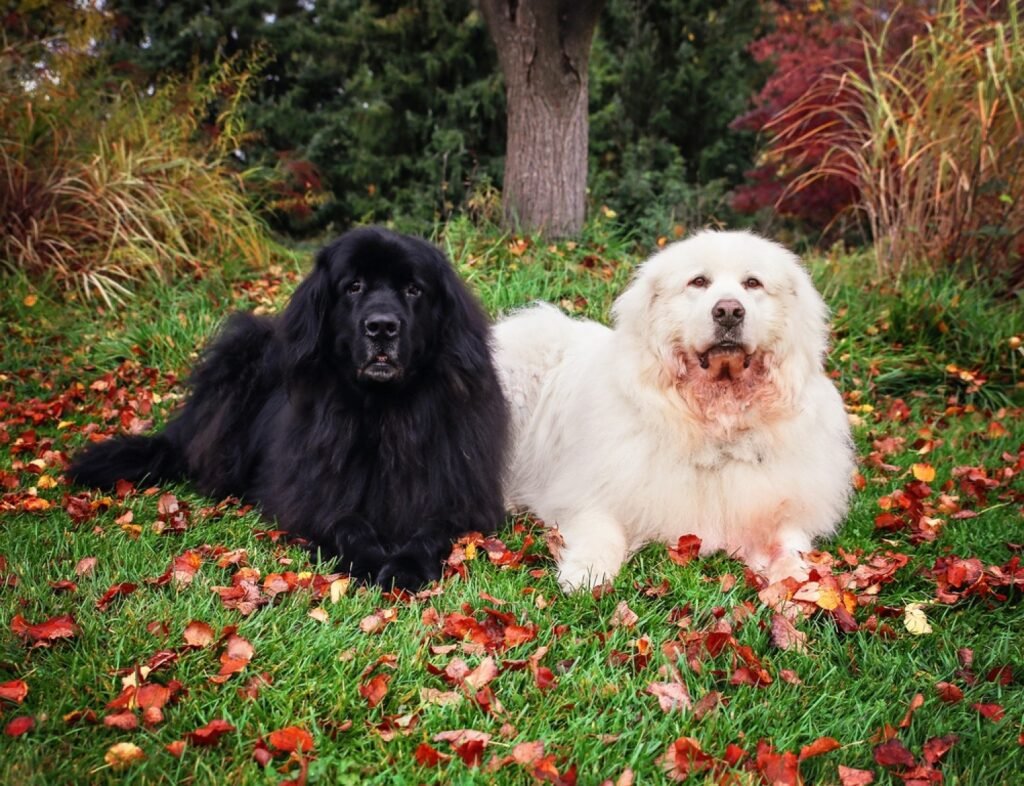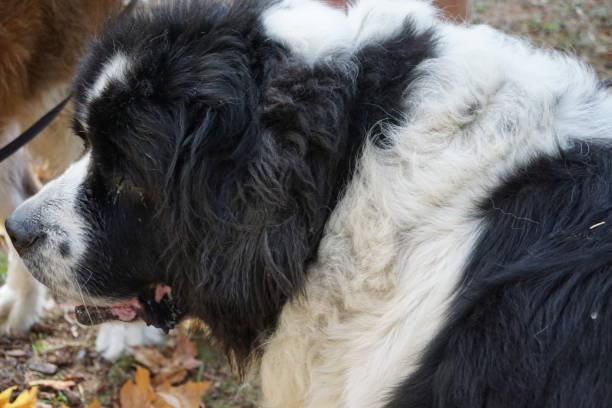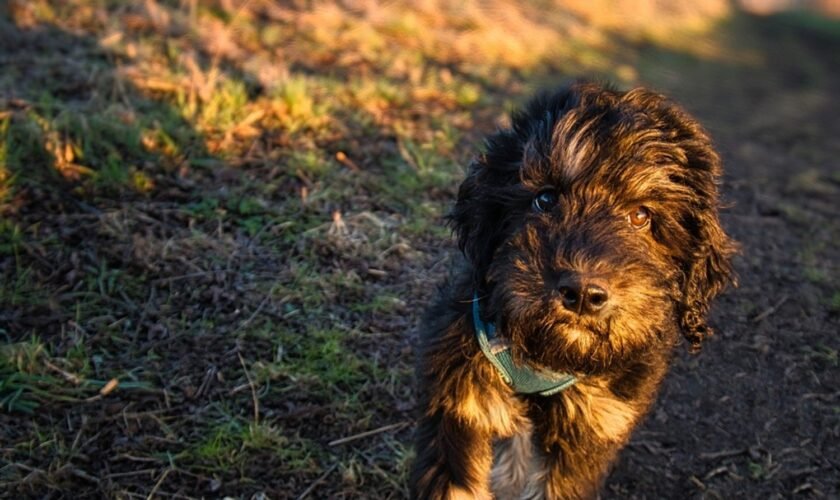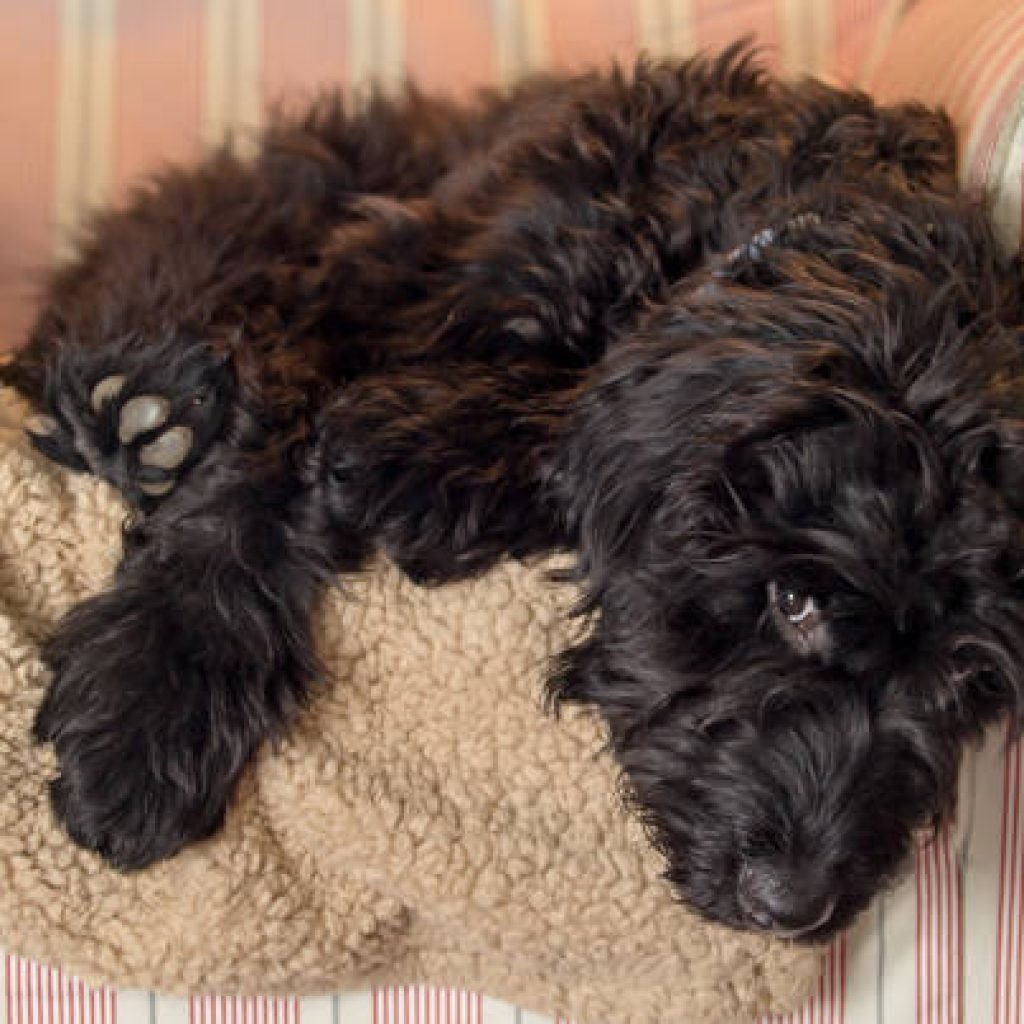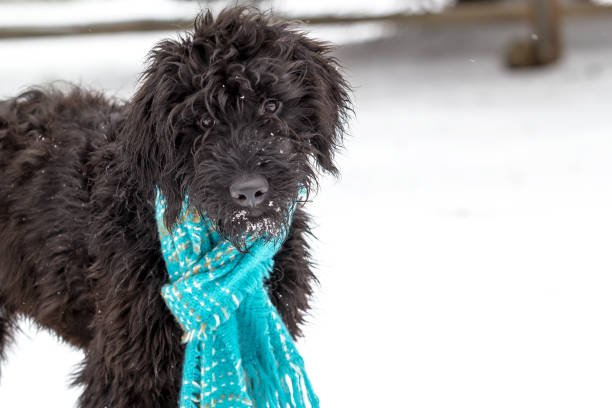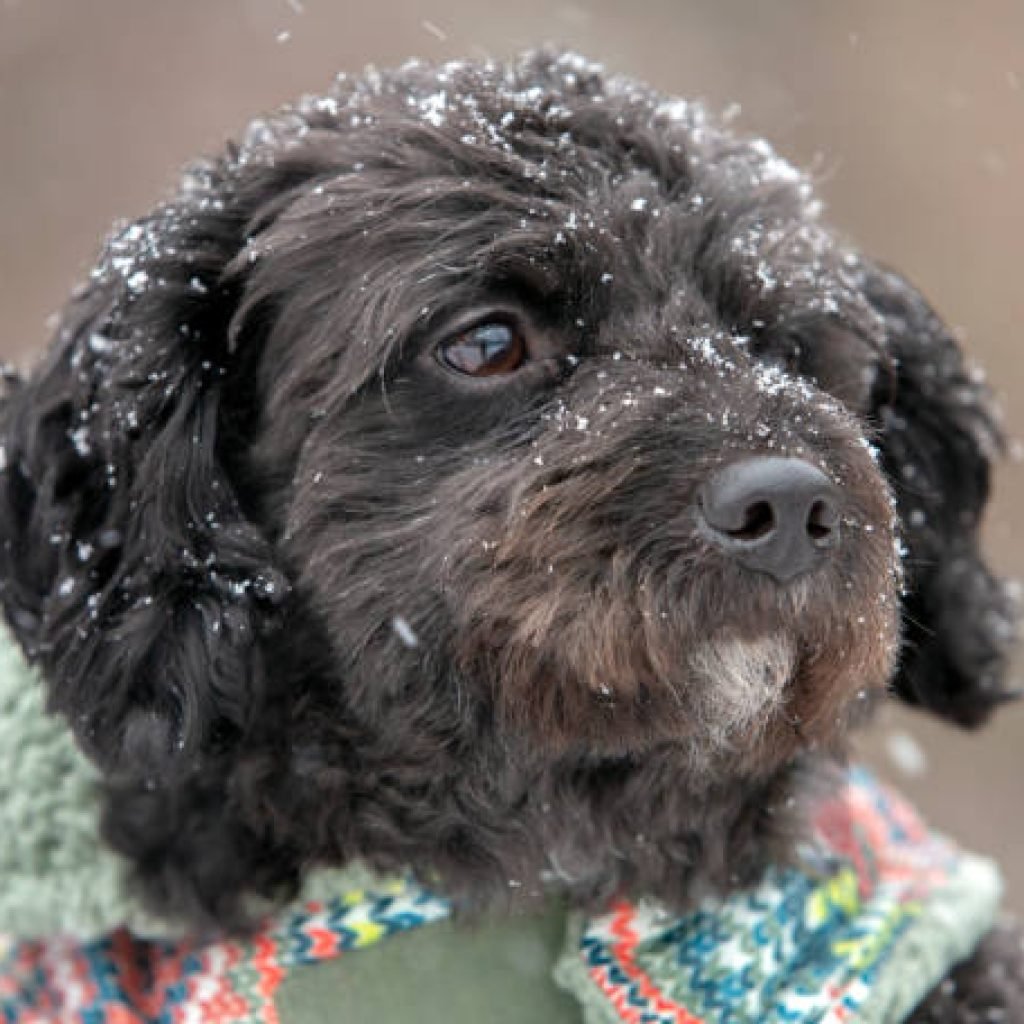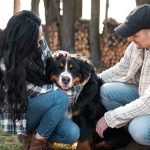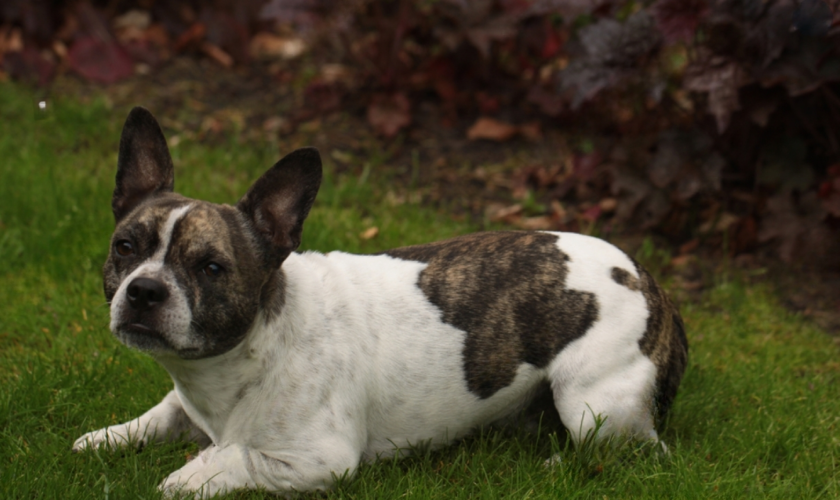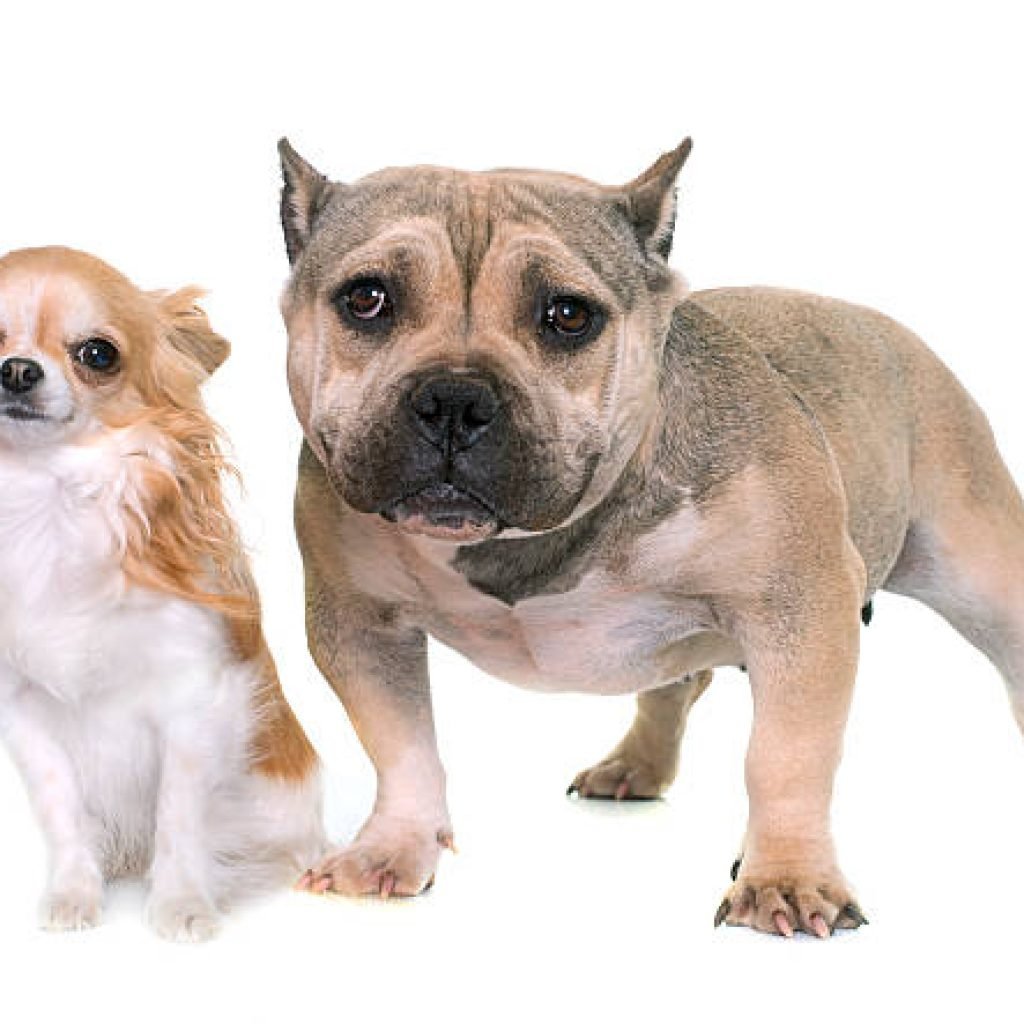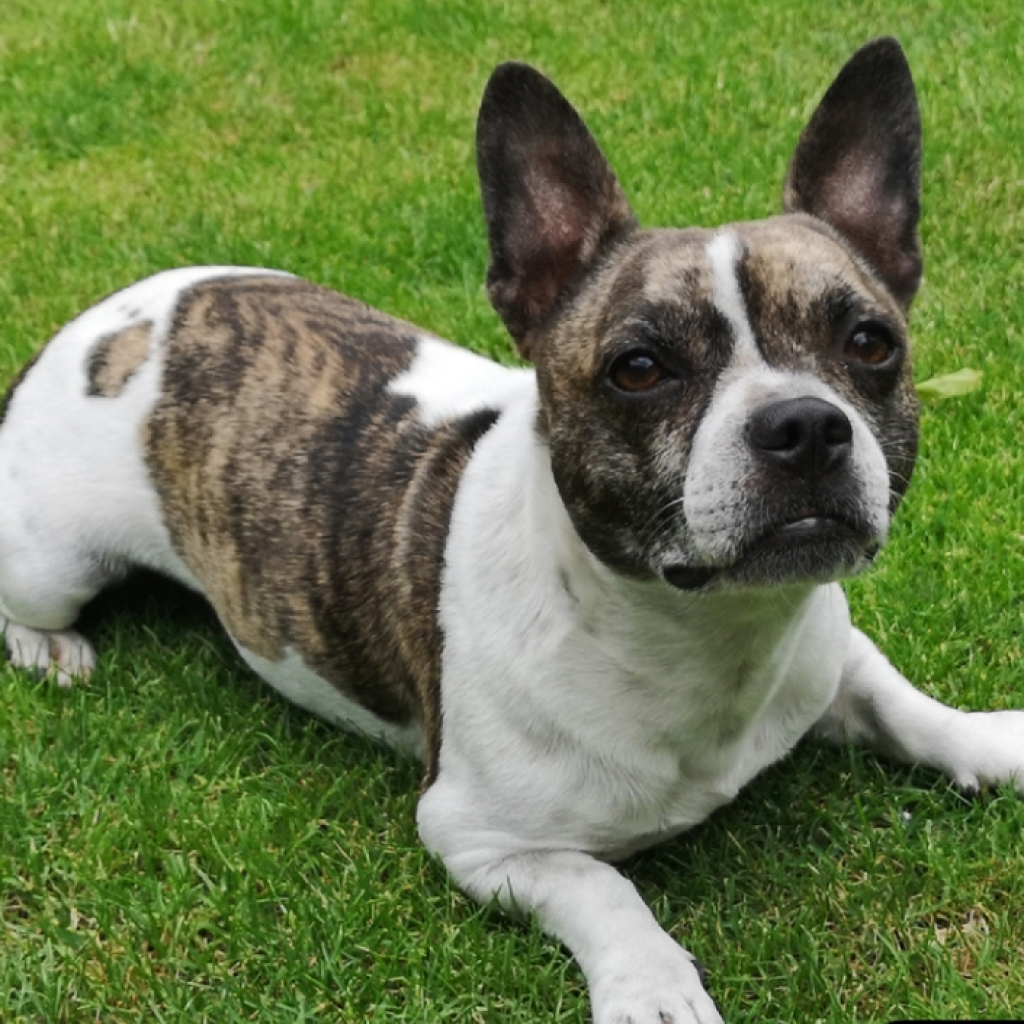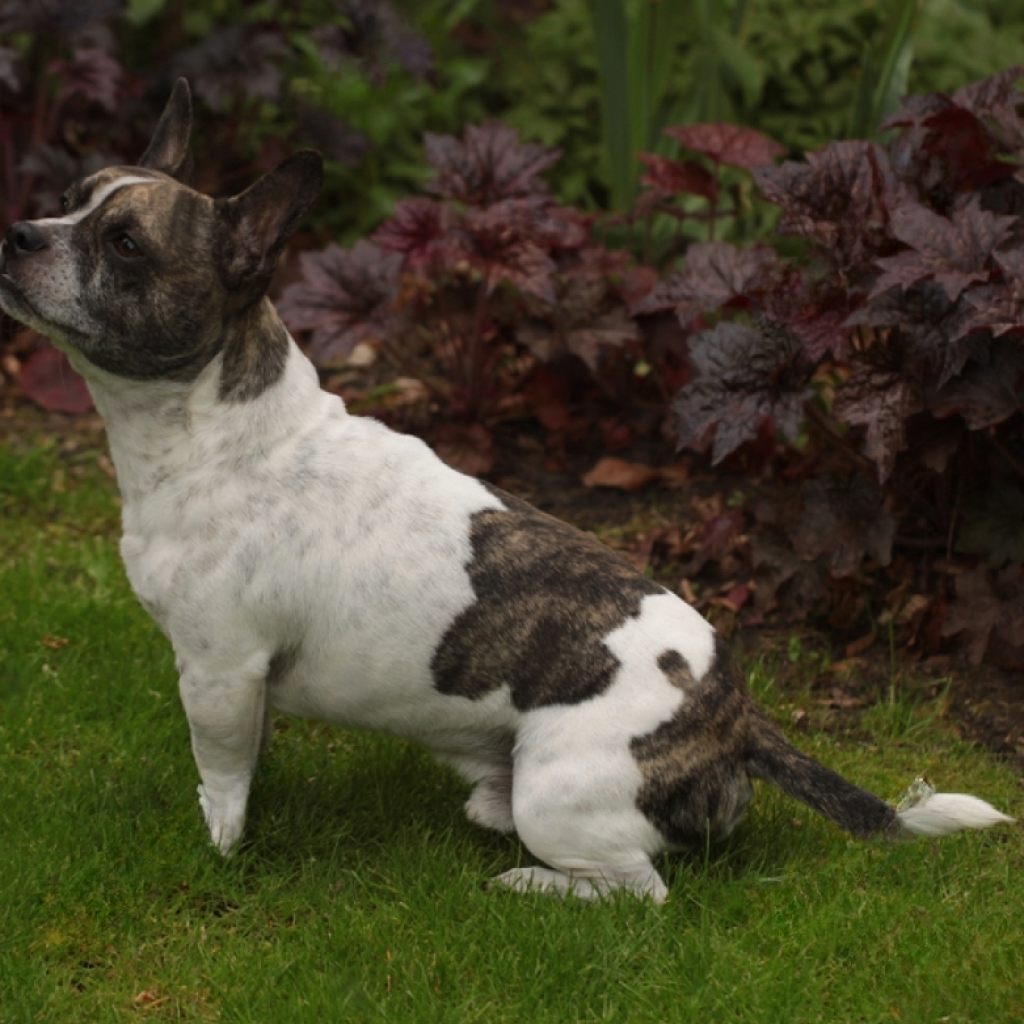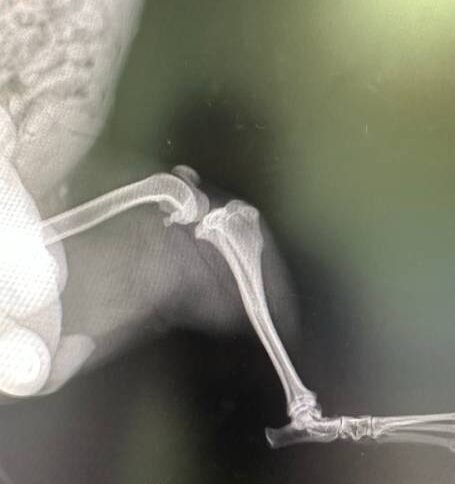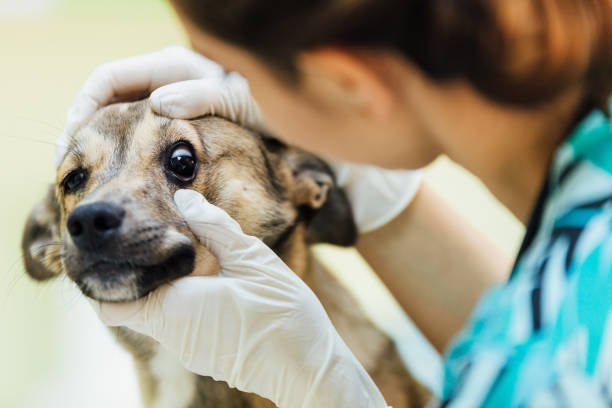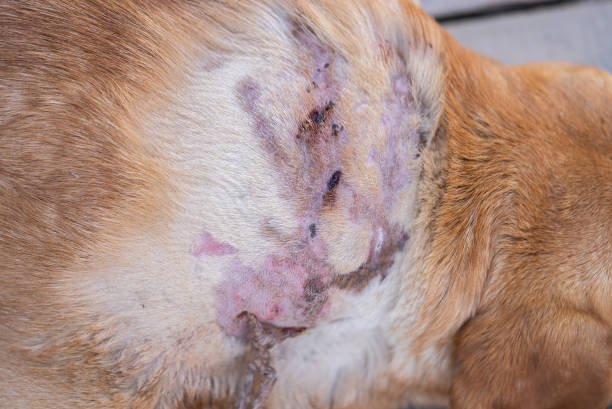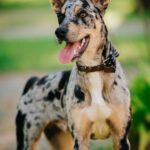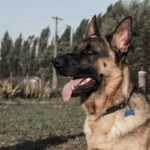What is Dog Arthritis?
Dog arthritis is a degenerative joint condition characterized by the inflammation and breakdown of the cartilage that cushions a dog’s joints. This condition is most common in older dogs, but it can affect younger dogs due to factors like injury, genetics, or obesity. Recognizing dog arthritis symptoms early is crucial, as the condition primarily comes in two forms: osteoarthritis and rheumatoid arthritis, both impacting the joints in different ways.
Osteoarthritis, the most prevalent type in dogs, occurs when the protective cartilage that cushions the ends of bones wears down over time. This causes discomfort, inflammation, and limited joint mobility. As the cartilage deteriorates, bones may start to rub against each other, causing discomfort and difficulty in mobility. Over time, this condition can severely affect a dog’s quality of life, leading to chronic pain and reduced ability to walk, run, or even rest comfortably.
On the other hand, rheumatoid arthritis is an autoimmune disorder, meaning the dog’s immune system mistakenly attacks its own joint tissues. This type of arthritis is less common in dogs but can cause severe joint inflammation and damage. Rheumatoid arthritis typically affects multiple joints and can lead to more rapid degeneration compared to osteoarthritis.
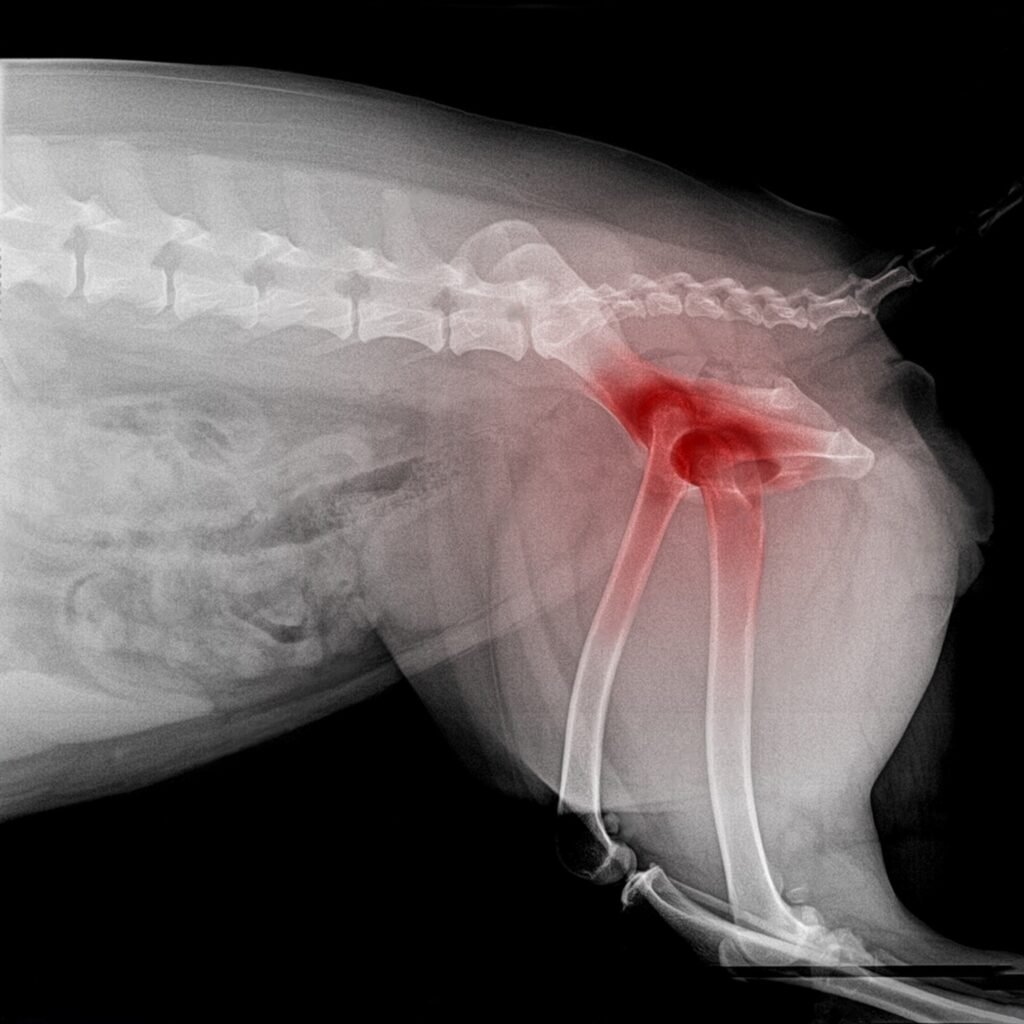
Several elements influence the occurrence of arthritis in dogs:
- Age: As dogs age, the natural wear and tear on their joints increases, making older dogs more susceptible to arthritis.
- Joint Injuries: Previous injuries such as fractures, ligament tears, or dislocations can damage the joints and cartilage, accelerating the onset of arthritis.
- Genetic Predisposition: Some dog breeds, like Labrador Retrievers, German Shepherds, and large breeds in general, are genetically prone to developing arthritis due to structural predispositions.
- Obesity: Excess weight places additional stress on a dog’s joints, particularly in the hips, knees, and spine, speeding up the degenerative process. Maintaining a healthy weight is crucial in preventing arthritis or slowing its progression.
Early Signs and Symptoms of Arthritis in Dogs
Detecting the early warning signs of arthritis in dogs is crucial for early intervention and management. Dog arthritis symptoms often develop gradually and can be easy to overlook, but recognizing these subtle changes can make a big difference in your pet’s quality of life. Watch for shifts in mobility, such as limping or stiffness, especially after periods of rest. Behavioral changes, like reluctance to play or irritability, are also key indicators. Additionally, pay attention to physical symptoms, such as muscle loss or visible discomfort when your dog climbs stairs or jumps. Identifying these dog arthritis symptoms early can help slow the progression and ensure more effective treatment.
Mobility Changes
One of the earliest and most noticeable signs of arthritis in dogs is a change in mobility. Dogs may exhibit limping or favor one leg, particularly after periods of rest. You might also notice stiffness, especially in the morning or after lying down for extended periods. Dogs with arthritis often take longer to rise and may struggle with basic movements like walking, sitting, or lying down. This difficulty getting up from rest is a clear indication that their joints are painful and less flexible.
Behavioral Changes
In addition to mobility issues, arthritis can cause significant behavioral changes. A dog in pain may become more irritable or lethargic, showing less interest in playtime or activities they once enjoyed. They may become reluctant to engage in walks, runs, or even short bursts of activity. This is often because they associate movement with pain, leading to a general sense of apathy. Owners might also notice an increase in agitation, where the dog becomes more easily annoyed or distressed, even in familiar situations.
Visible Discomfort
Dogs with arthritis may display physical signs of discomfort. You might observe them licking or chewing at the affected joints in an attempt to soothe the pain. This can become a compulsive behavior if the discomfort persists. Additionally, they might show a noticeable reluctance to climb stairs, jump onto furniture, or navigate uneven surfaces. These movements typically require more joint flexibility and strength, making them particularly painful for an arthritic dog.
Loss of Muscle Mass
Due to reduced movement and activity, dogs with arthritis often experience muscle atrophy, particularly in their hind legs. As the pain discourages regular movement, the muscles around the joints weaken, making it even more difficult for the dog to support their body weight. This leads to further mobility challenges, as weaker muscles cannot adequately support the dog’s joints, compounding the discomfort.
Changes in Gait
Another key sign of arthritis in dogs is a change in their walking pattern or gait. You might observe your dog taking short strides or walking with an uneven or irregular gait. This can be due to compensating for the pain in specific joints, leading to an unbalanced or awkward movement. In severe cases, they may also “bunny hop” with their back legs to avoid putting too much weight on painful areas.
Diagnosing Arthritis in Dogs
Diagnosing arthritis in dogs is a process that involves both professional veterinary assessments and careful monitoring at home. Early diagnosis can help slow the progression of the condition and improve your dog’s quality of life through appropriate treatments.
Veterinary Diagnosis
When it comes to diagnosing arthritis, veterinarians use a combination of techniques to assess joint health and pinpoint the cause of a dog’s discomfort. The initial step typically involves a physical examination, where the vet observes the dog’s movement, checks for signs of pain or stiffness, and feels the joints for any swelling or heat. They may manipulate the dog’s limbs to detect any loss of range of motion, pain, or abnormal joint alignment.
To diagnose arthritis and assess the severity of joint damage, veterinarians commonly suggest X-ray examinations. X-rays allow the vet to visualize the bones and joints, revealing key signs of arthritis such as cartilage loss, bone spurs, or joint deformities. These imaging techniques can show how far the condition has progressed and help guide the treatment plan.
In some cases, the vet may also perform a joint fluid analysis. This involves collecting a small sample of fluid from the affected joint and analyzing it for signs of inflammation, infection, or abnormal cell activity. While this procedure is less common than X-rays, it can help distinguish between osteoarthritis and other joint conditions such as infections or autoimmune disorders like rheumatoid arthritis.
Monitoring Symptoms at Home
Monitoring dog arthritis symptoms at home is essential for early detection and effective management. While veterinary diagnosis is critical, regularly observing your dog’s behavior can help identify arthritis early on. Keep an eye on mobility changes—if your dog struggles to get up after resting, limps, or hesitates to jump or climb stairs, these may be early signs of joint pain.
Additionally, track any visible discomfort, such as licking or chewing at joints, which can indicate soreness or inflammation. Logging your dog’s daily activity, including moments of irritability or lethargy, helps create a clear picture of their condition. Noting fluctuations in behavior and mobility will also provide valuable insights for your vet during check-ups, allowing for timely adjustments to treatment plans based on your observations of dog arthritis symptoms. Monitoring these patterns can help manage the condition before it significantly worsens.
Risk Factors for Arthritis in Dogs
There are several risk factors that can make a dog more likely to develop arthritis, many of which can be influenced by age, breed, and weight. Recognizing these risk factors can help pet owners take preventative measures and manage arthritis more effectively if it develops.
Age
One of the primary risk factors for arthritis in dogs is age. As dogs get older, the wear and tear on their joints accumulate, leading to the breakdown of cartilage and the onset of arthritis. Over time, the joints become less flexible and more prone to inflammation due to the natural degradation of joint tissues. This is particularly common in senior dogs because their body’s ability to repair cartilage diminishes with age. Aging dogs may also experience reduced activity levels, which can contribute to muscle loss, further exacerbating joint pain and stiffness.
Although arthritis is more prevalent in older dogs, it is important to note that it is not solely limited to senior dogs. Younger dogs can also develop arthritis due to injuries, congenital joint conditions, or other factors, but the risk increases significantly as a dog enters its later years.
Breed-Specific Risks
Certain breeds of dogs are genetically predisposed to arthritis, making them more susceptible to developing the condition. Larger breeds such as Labrador Retrievers, German Shepherds, Golden Retrievers, and Rottweilers are particularly prone to arthritis because their size puts additional stress on their joints. These breeds are more likely to suffer from conditions like hip and elbow dysplasia, which can lead to arthritis at a younger age compared to smaller breeds.
Additionally, breeds with unique body structures—such as Dachshunds with their long spines and short legs—may be more prone to spinal or joint problems that can lead to arthritis. The genetic predisposition in these breeds makes early intervention, regular veterinary check-ups, and joint care crucial to managing the risk of arthritis.
Weight and Diet
Obesity is a significant risk factor that can aggravate arthritis in dogs. Carrying excess weight puts additional pressure on the joints, particularly in weight-bearing areas like the hips, knees, and back. Over time, this can accelerate the wear and tear of cartilage and lead to earlier onset or worsening of arthritis symptoms. In overweight dogs, even small movements can be more painful, reducing their willingness to exercise, which in turn exacerbates weight gain and joint stress.
Diet plays a crucial role in managing weight and, consequently, arthritis symptoms. A diet high in calories without proper portion control can lead to obesity, whereas a balanced diet rich in omega-3 fatty acids and joint-supporting nutrients (like glucosamine and chondroitin) can help maintain a healthy weight and reduce inflammation in the joints. Managing a dog’s diet early on can be a key factor in preventing or delaying the development of arthritis.
Effective Treatment Options for Dogs with Arthritis
Treating arthritis in dogs often requires a combination of medications, lifestyle changes, physical therapy, and in severe cases, surgical intervention. These treatments aim to reduce pain, improve joint function, and enhance a dog’s overall quality of life.
Medication
Medications are essential for treating arthritis in dogs and reducing pain and inflammation. Non-Steroidal Anti-Inflammatory Drugs (NSAIDs), such as carprofen or meloxicam, are commonly prescribed by veterinarians to reduce inflammation and alleviate pain. NSAIDs help improve mobility by minimizing joint swelling and stiffness, allowing dogs to move more comfortably. However, long-term use of these medications must be monitored closely for potential side effects like gastrointestinal issues or liver damage.
In addition to NSAIDs, joint supplements such as glucosamine and chondroitin are often recommended. These supplements help support cartilage repair and reduce joint degeneration, slowing down the progression of arthritis. Many vets also suggest omega-3 fatty acids, which have anti-inflammatory properties that can further reduce joint inflammation and pain.
In cases where NSAIDs alone are not sufficient, other pain relievers such as gabapentin or tramadol may be prescribed to manage chronic pain. These medications work on the nervous system to block pain signals, providing additional comfort for arthritic dogs.
Lifestyle Adjustments
Creating a comfortable living environment for arthritic dogs is equally important. Providing soft bedding helps reduce the pressure on joints while they rest. Beds with memory foam or orthopedic support can offer extra cushioning for sensitive areas like the hips and elbows.
Incorporating low-impact exercise into a dog’s routine is essential for maintaining muscle mass and joint flexibility without causing further damage. Activities such as gentle walking or swimming are ideal, as they allow dogs to stay active without putting excessive stress on their joints.
Physical Therapy
Physical therapy is another highly effective treatment for dogs with arthritis. Hydrotherapy, where dogs swim or walk on an underwater treadmill, is particularly beneficial as the buoyancy of water supports the dog’s body weight, reducing the strain on joints while still allowing them to build strength and maintain flexibility. This can improve flexibility and reduce discomfort.
Other therapies such as acupuncture and massage can also help relieve arthritis symptoms. Acupuncture involves the insertion of tiny needles at specific points in the body to stimulate nerves and improve circulation, which can reduce inflammation and pain. Massage therapy helps improve blood flow to the joints and surrounding muscles, providing relief from stiffness and enhancing mobility.
Surgery
For severe arthritis, when medical treatments and lifestyle adjustments fail to provide relief, surgery may be considered. Joint replacement surgery, such as total hip or elbow replacement, can provide a more permanent solution by replacing the damaged joint with an artificial one. This surgery can dramatically improve the quality of life for dogs with severe arthritis by restoring pain-free movement.
Another surgical option is arthroscopy, a minimally invasive procedure where damaged cartilage or bone fragments are removed from the joint to reduce pain and improve joint function. While surgery is generally considered a last resort, it can be life-changing for dogs with advanced arthritis who are no longer responding to other treatments.
Natural Remedies and Holistic Treatments
Natural and holistic approaches to managing arthritis can complement conventional treatments, offering additional relief through dietary changes, gentle exercise, and home adjustments.
Diet Modifications
An anti-inflammatory diet can play a significant role in alleviating arthritis symptoms. Foods rich in omega-3 fatty acids, such as fish oil, can help reduce joint inflammation and improve mobility. Turmeric is another popular supplement known for its anti-inflammatory properties. These dietary changes can support joint health while potentially reducing the reliance on medications.
Exercise
Engaging dogs in tailored low-impact exercises is essential to maintaining joint flexibility without overstraining the joints. Swimming and short, gentle walks are excellent options, as they strengthen muscles while minimizing pressure on the joints. Keeping dogs active in moderation can help slow the progression of arthritis.
Managing Arthritis Long-Term
Long-term management of arthritis in dogs involves consistent monitoring, regular vet checkups, and prioritizing the dog’s comfort and quality of life.
Regular Vet Checkups
Frequent vet checkups are essential for managing arthritis. Your vet will reassess your dog’s condition and may adjust medications, and supplements, or recommend additional therapies such as physical therapy. Regular follow-ups allow for proactive care, preventing the condition from worsening and ensuring that your dog’s treatment plan remains effective over time.
Quality of Life Considerations
Even with arthritis, your dog can live a comfortable and happy life with the right care. Prioritize their comfort by ensuring their environment is arthritis-friendly—use ramps, non-slip surfaces, and cozy beds. Additionally, maintaining a routine that balances rest and low-impact activities will help keep them engaged and active. Mental stimulation through games or gentle walks can also enhance their overall well-being.





